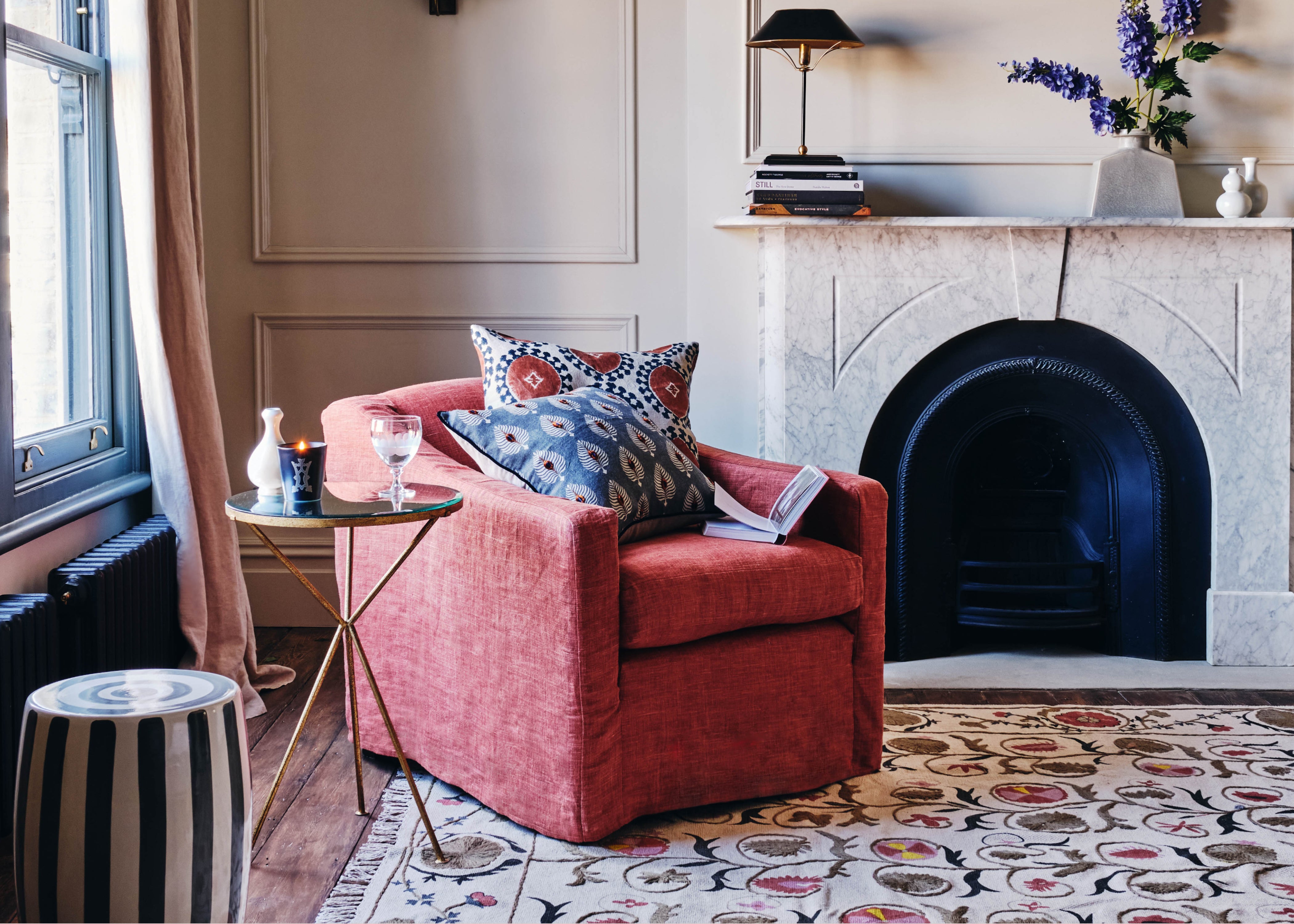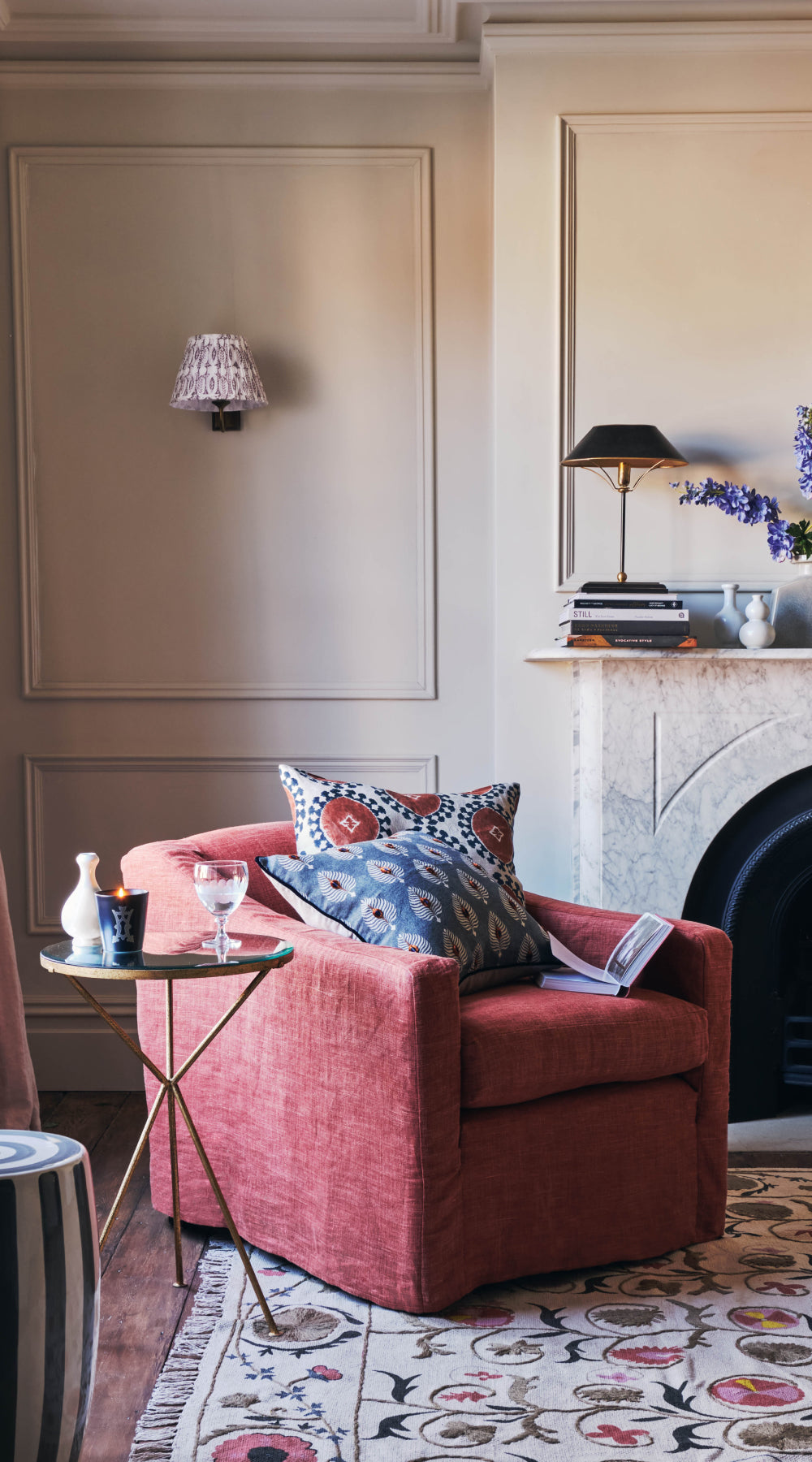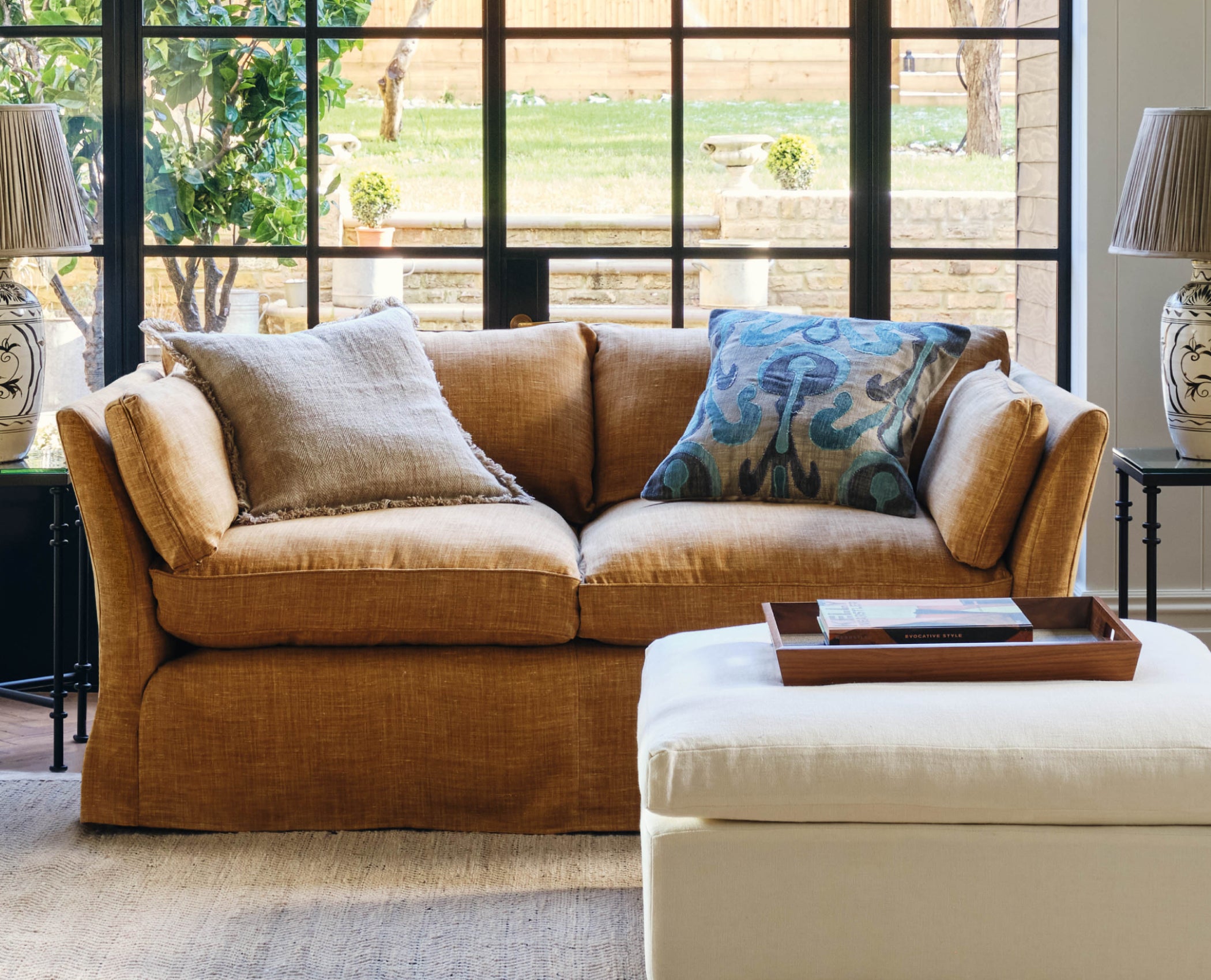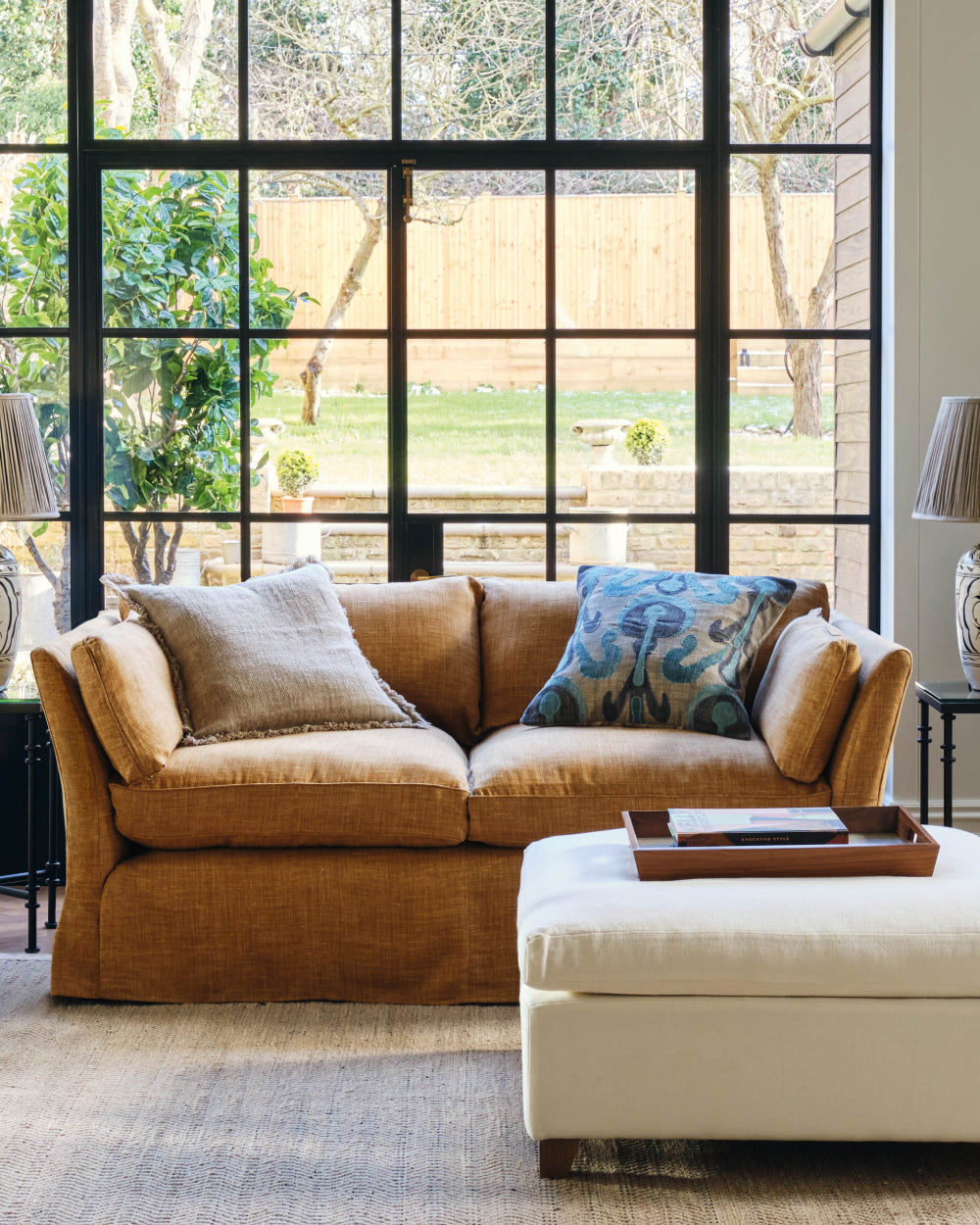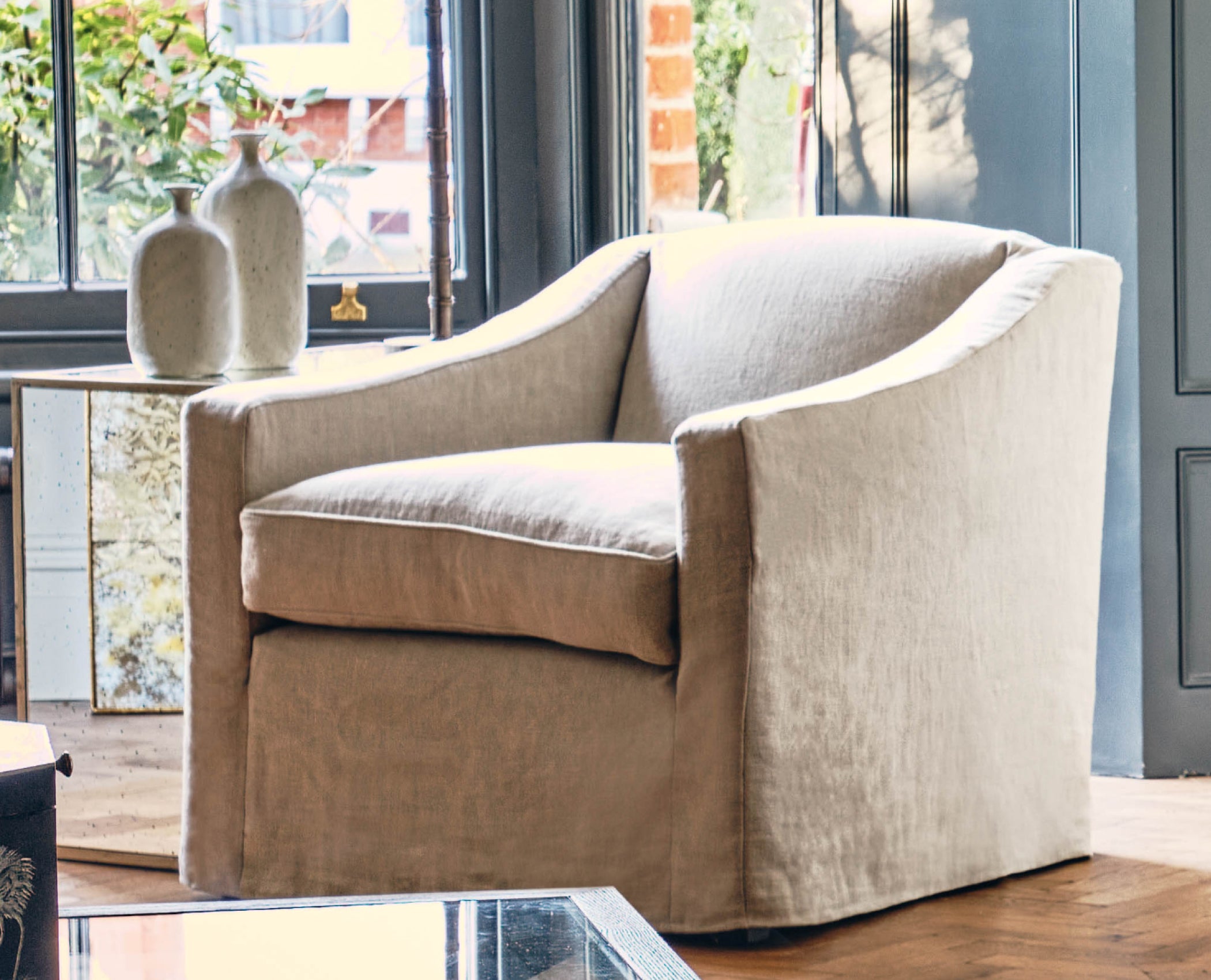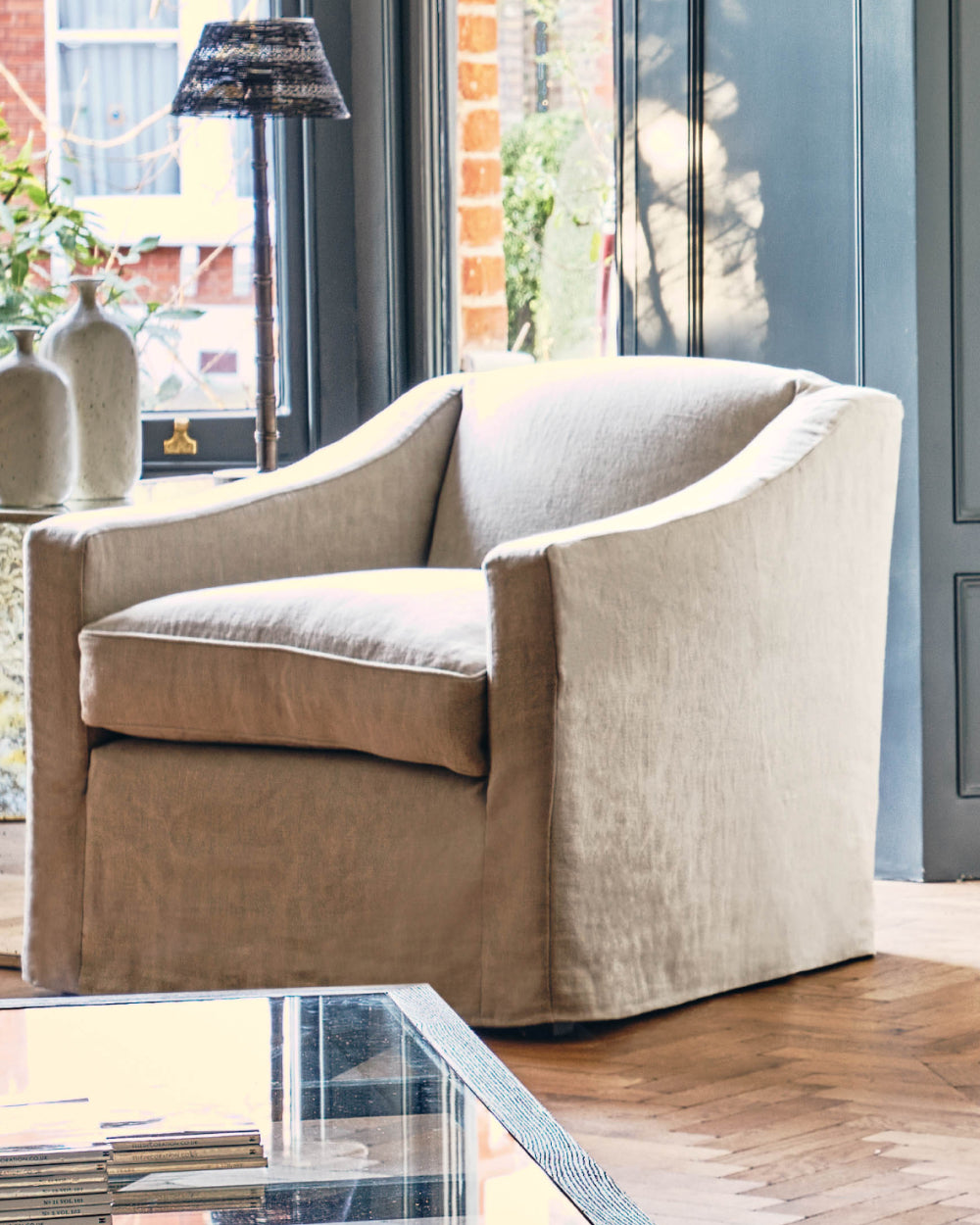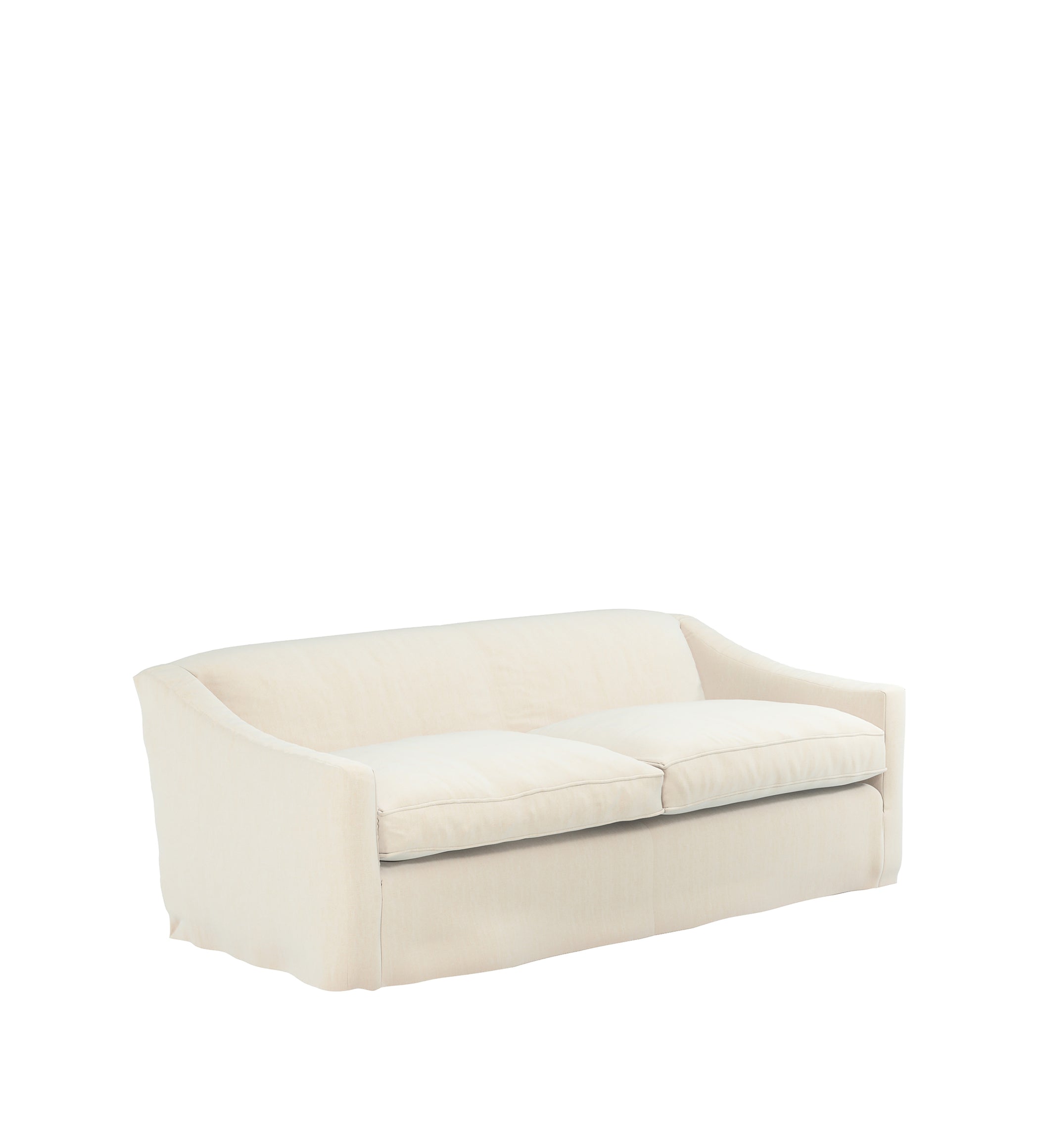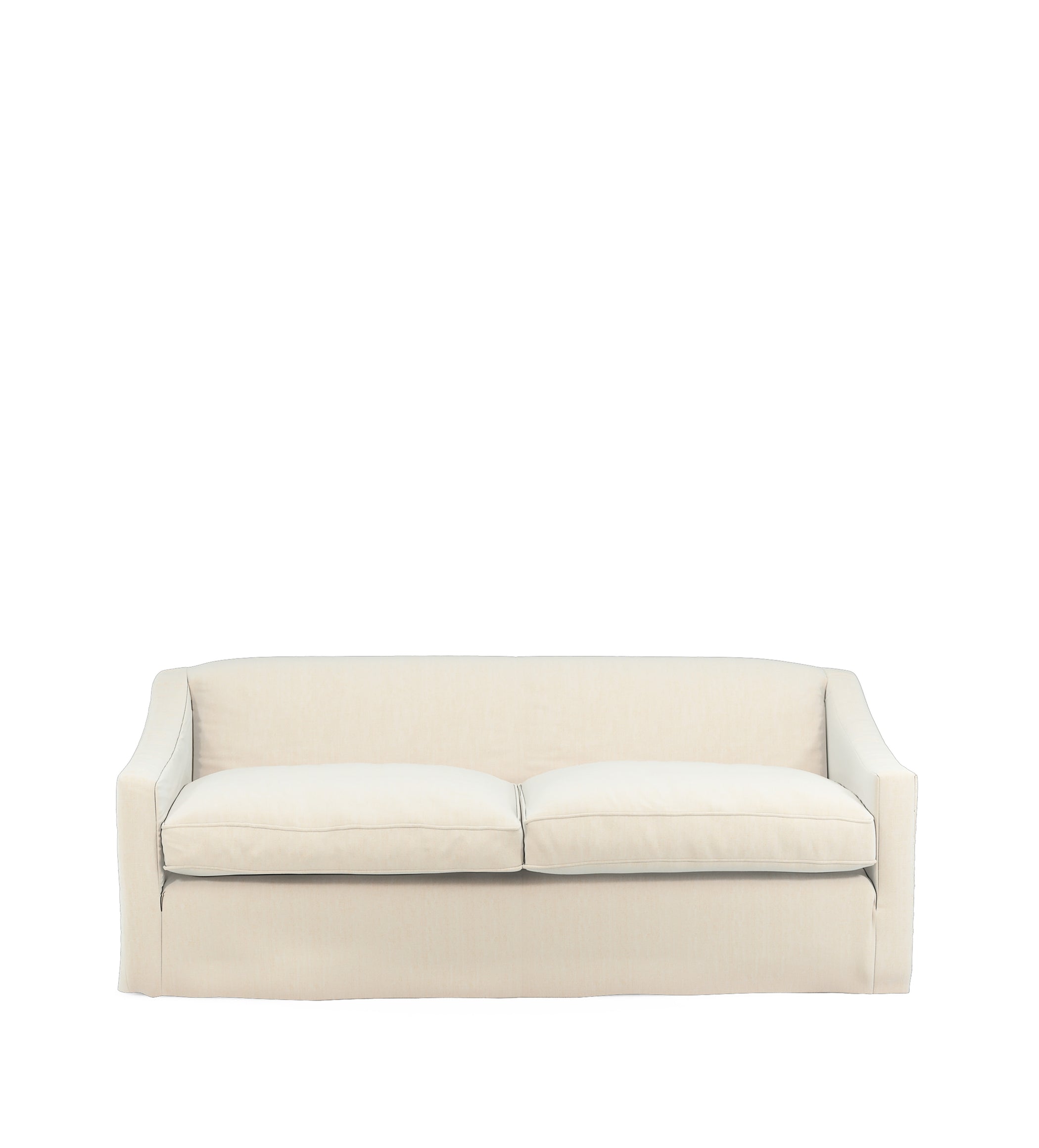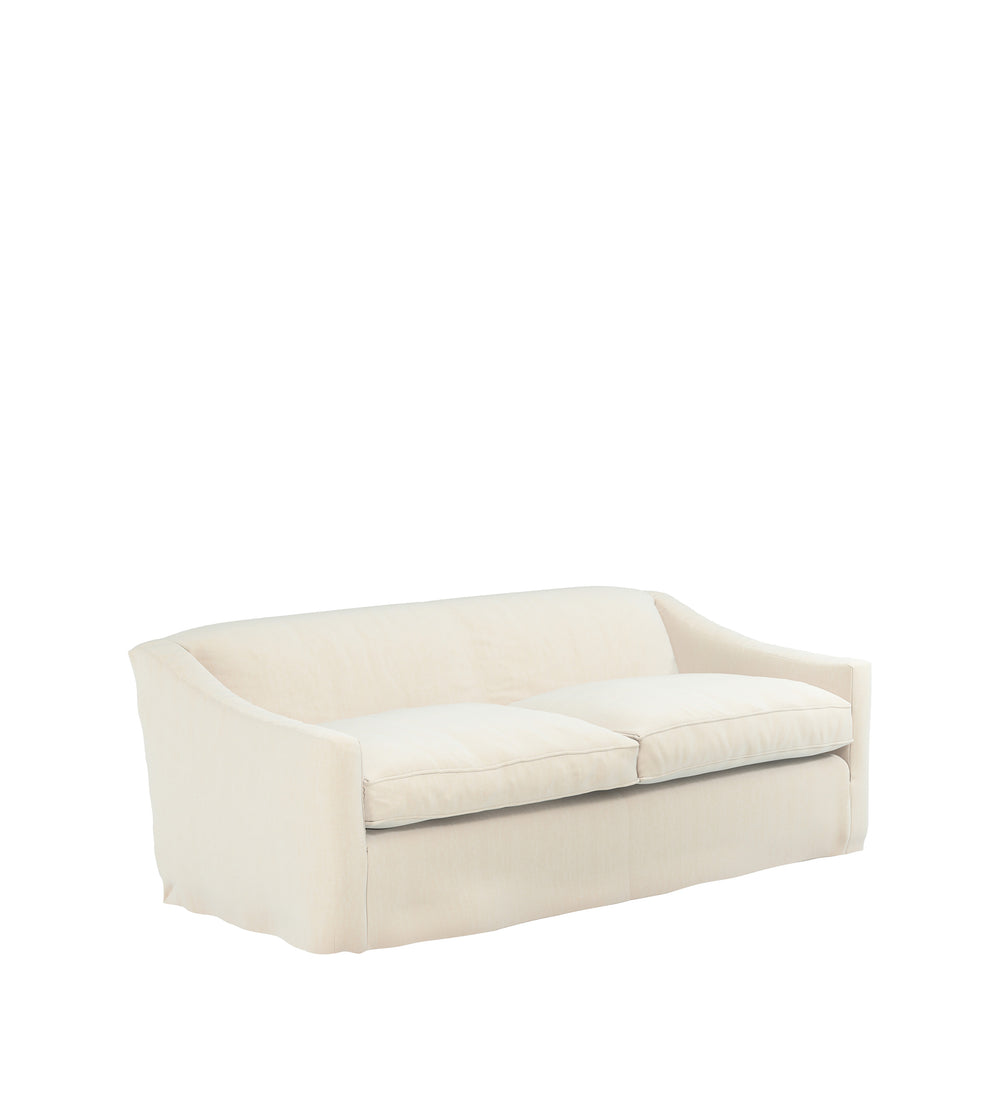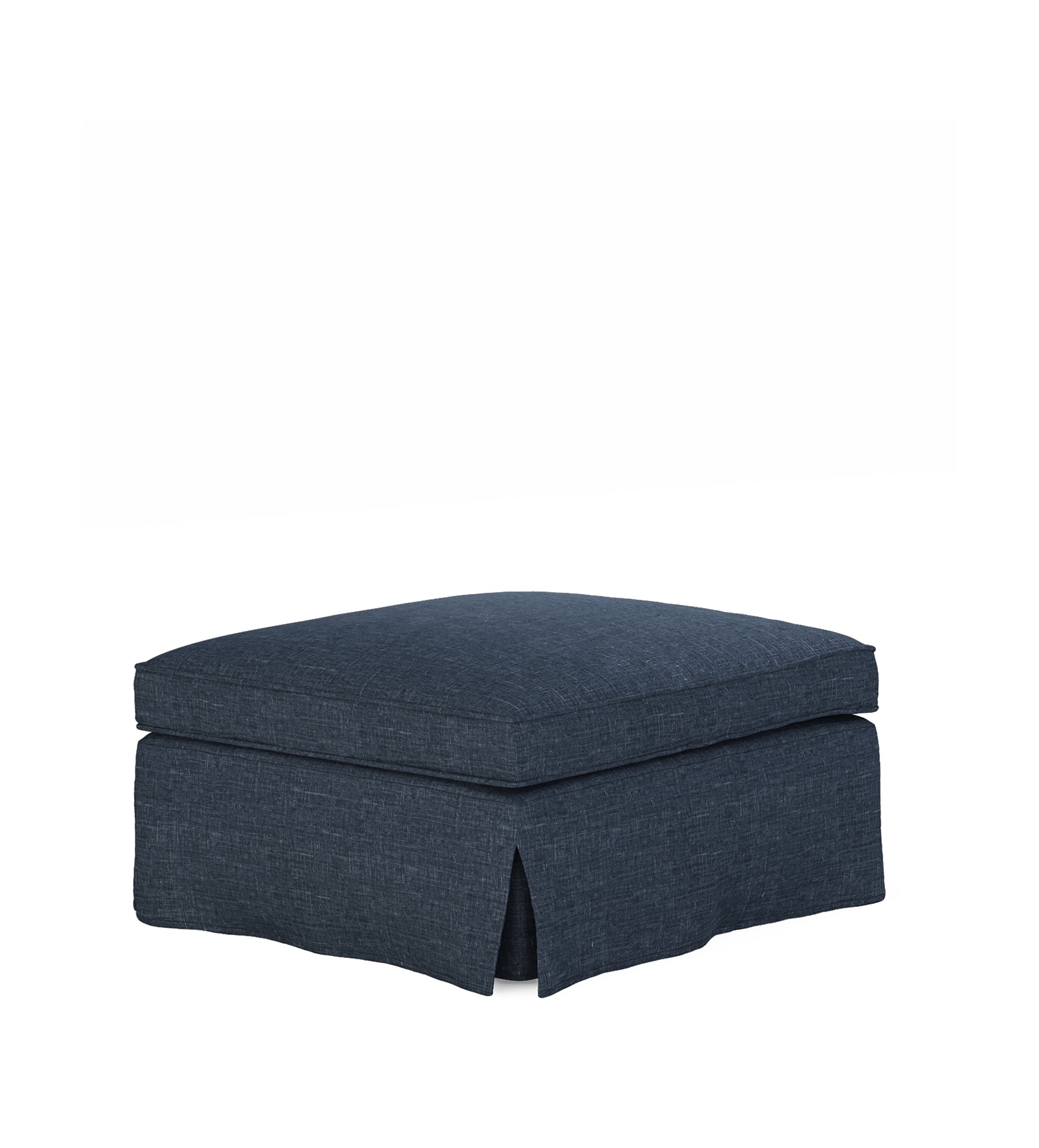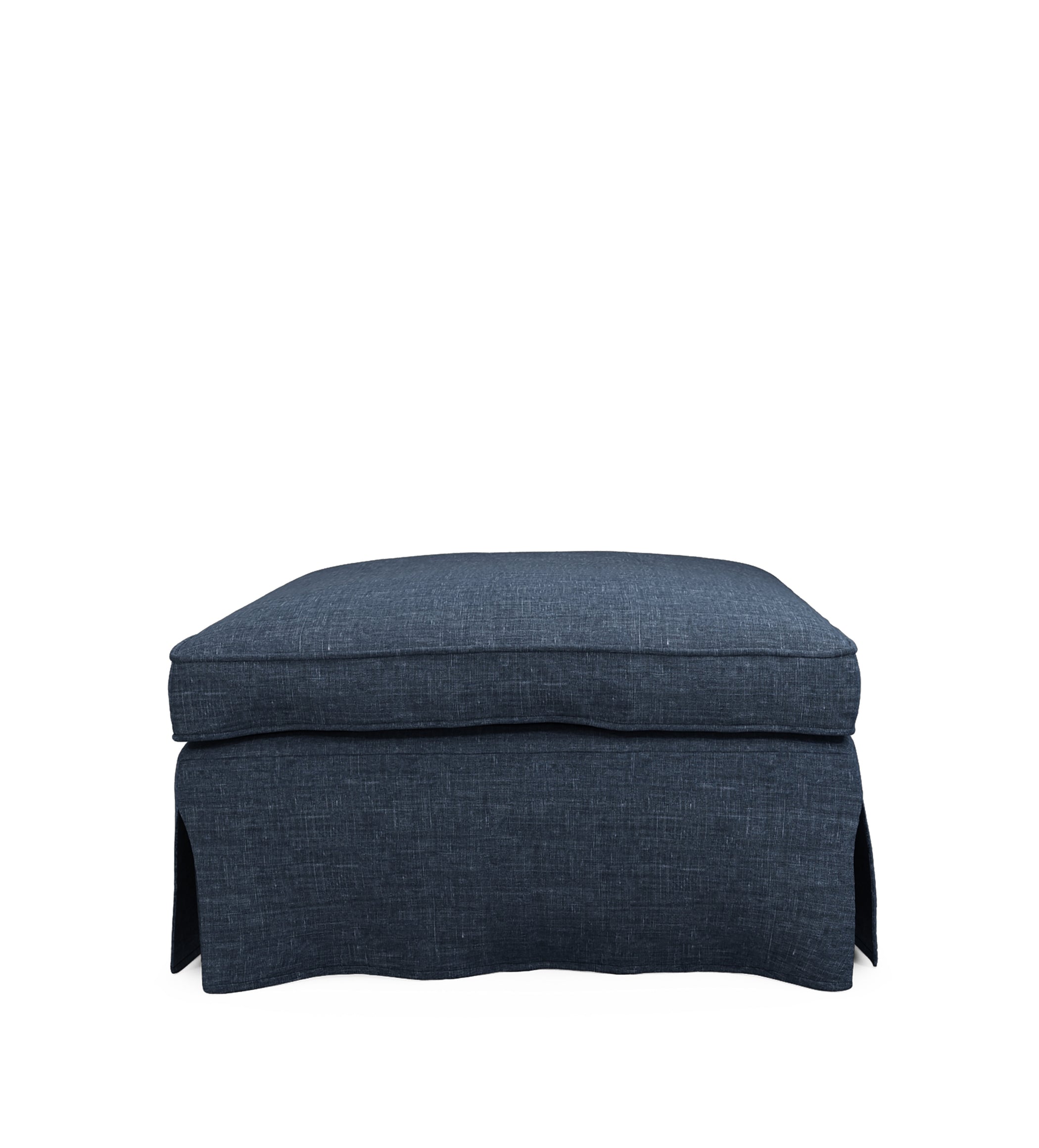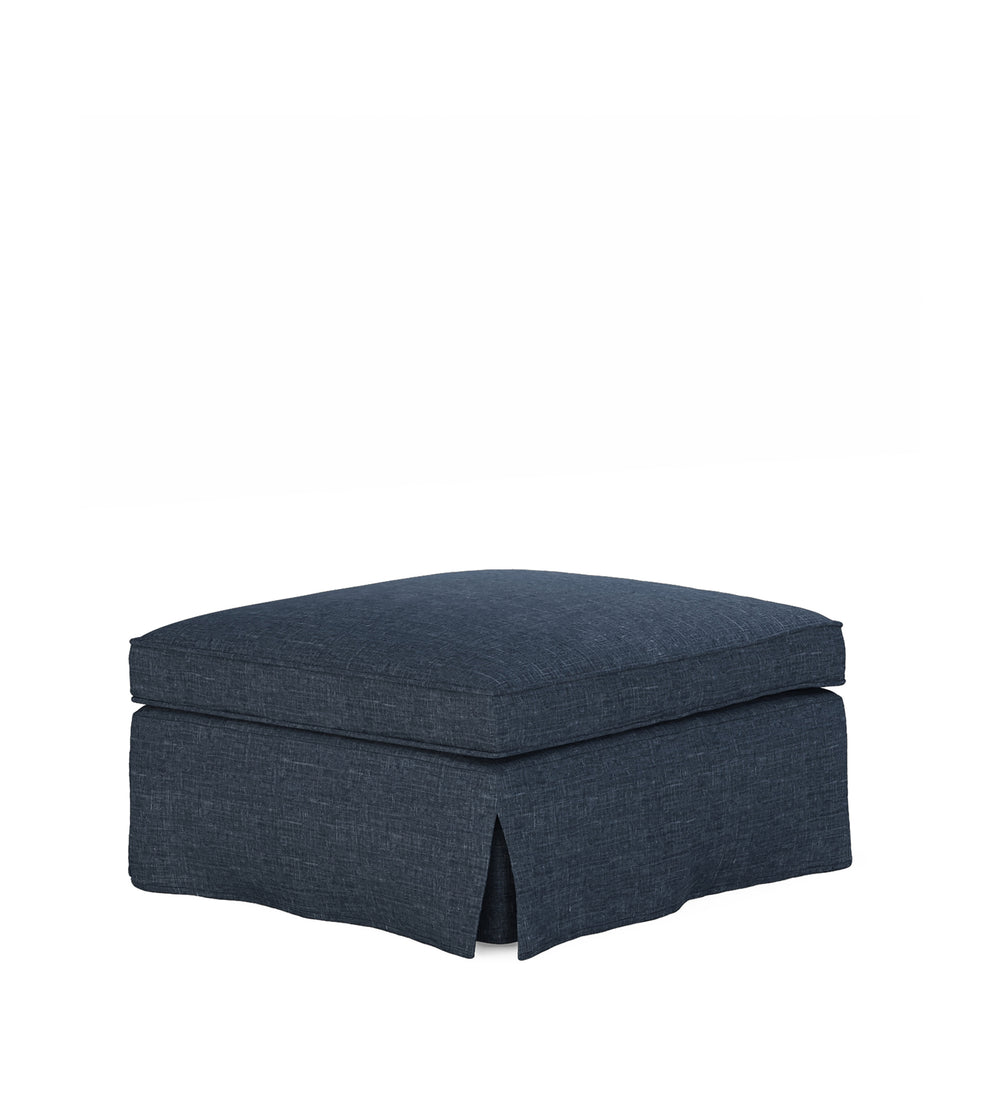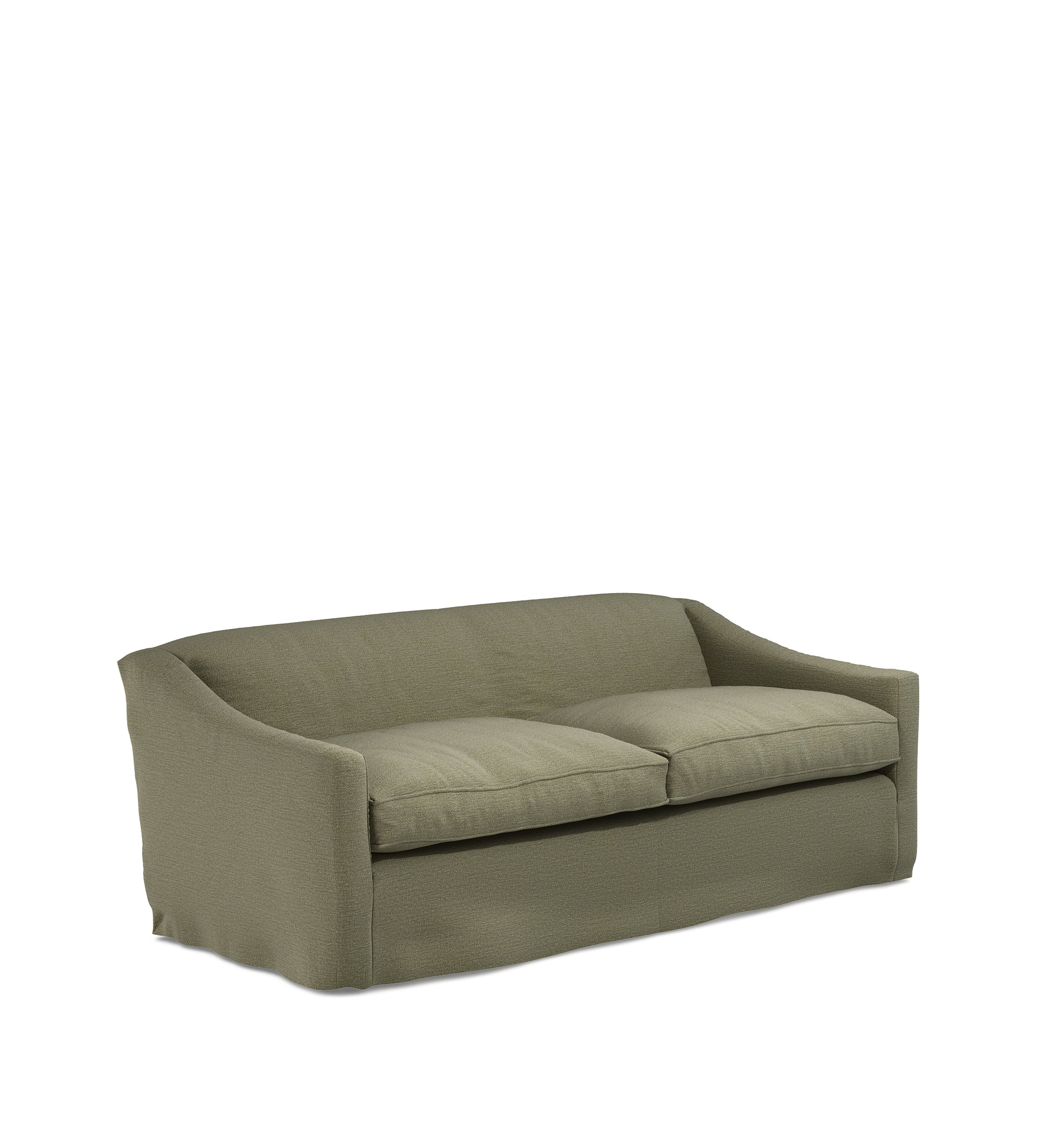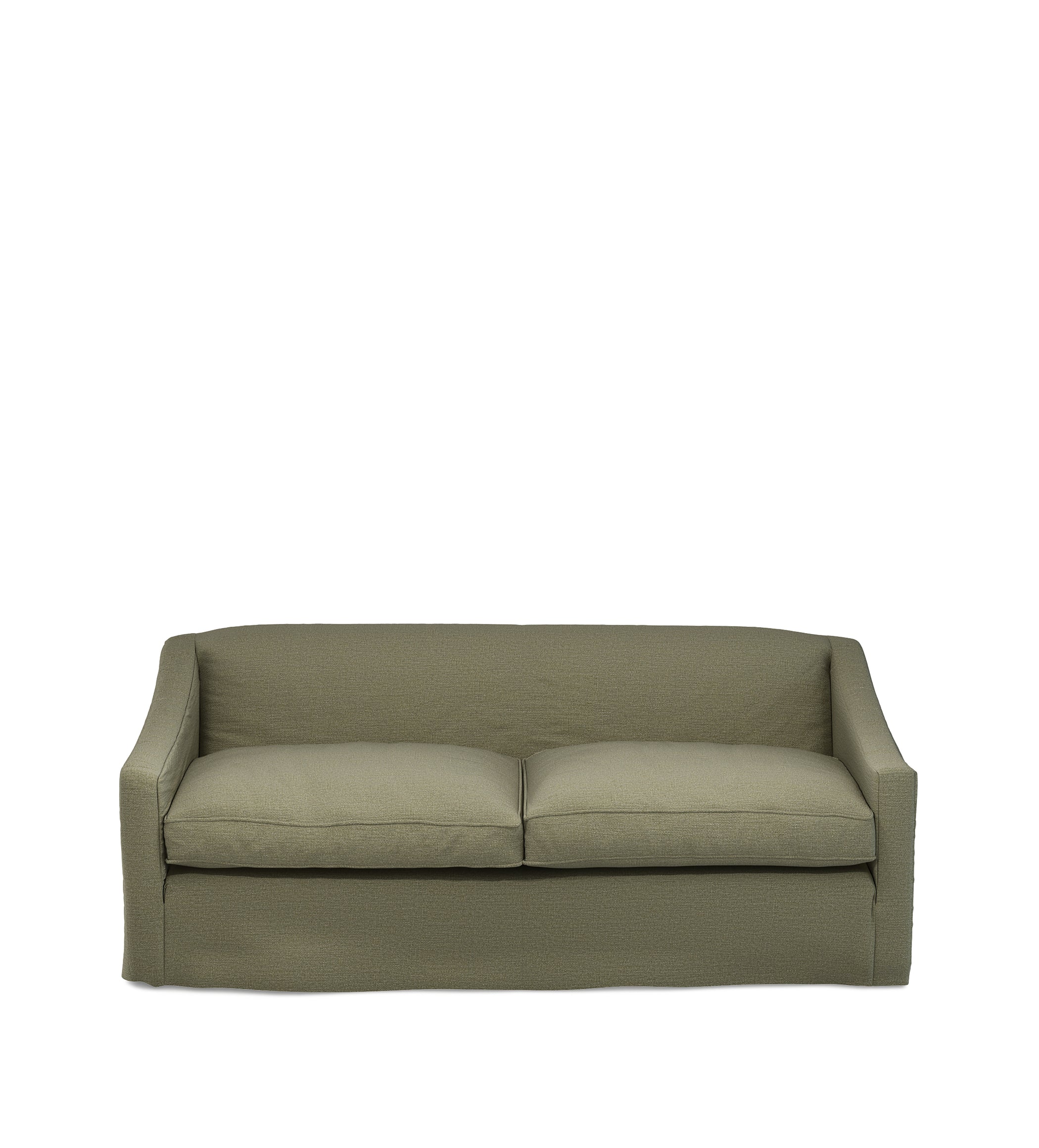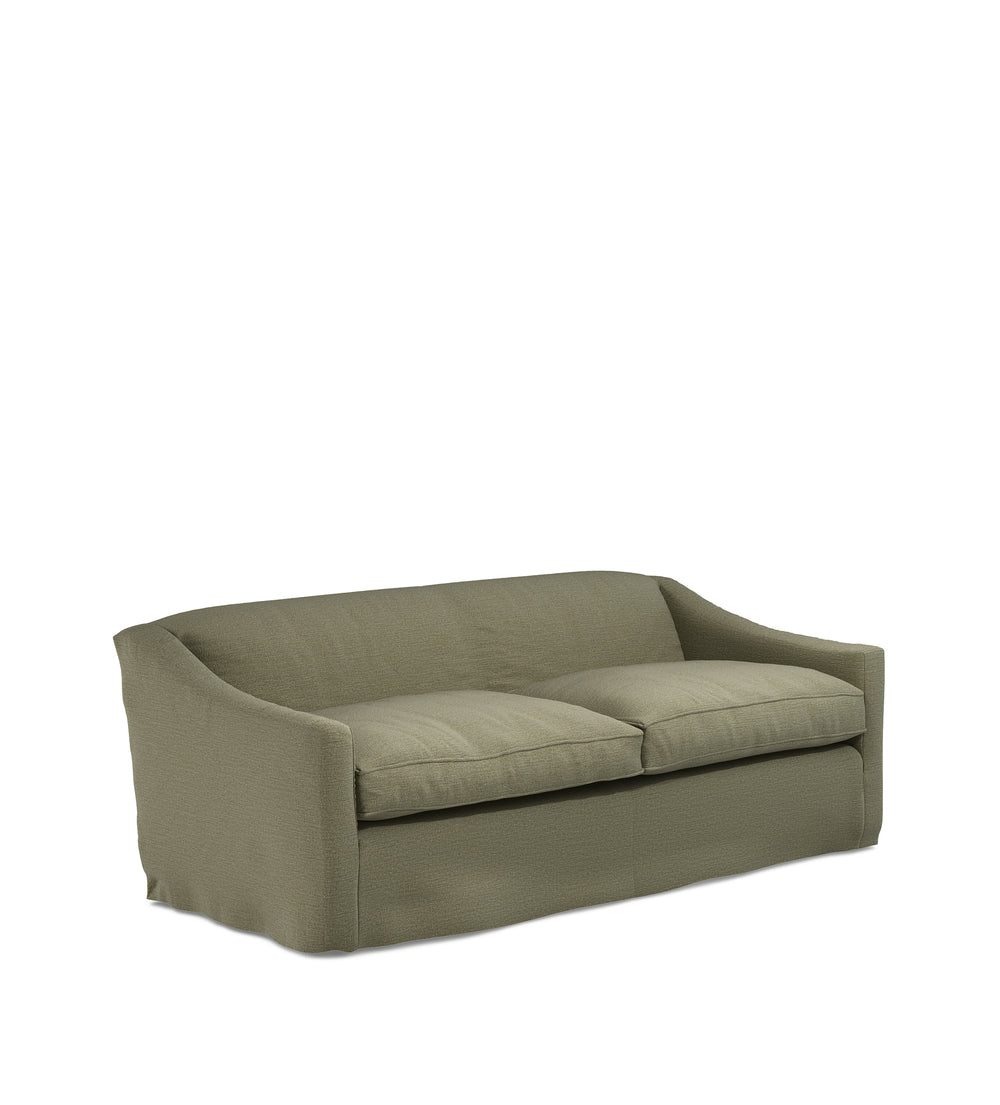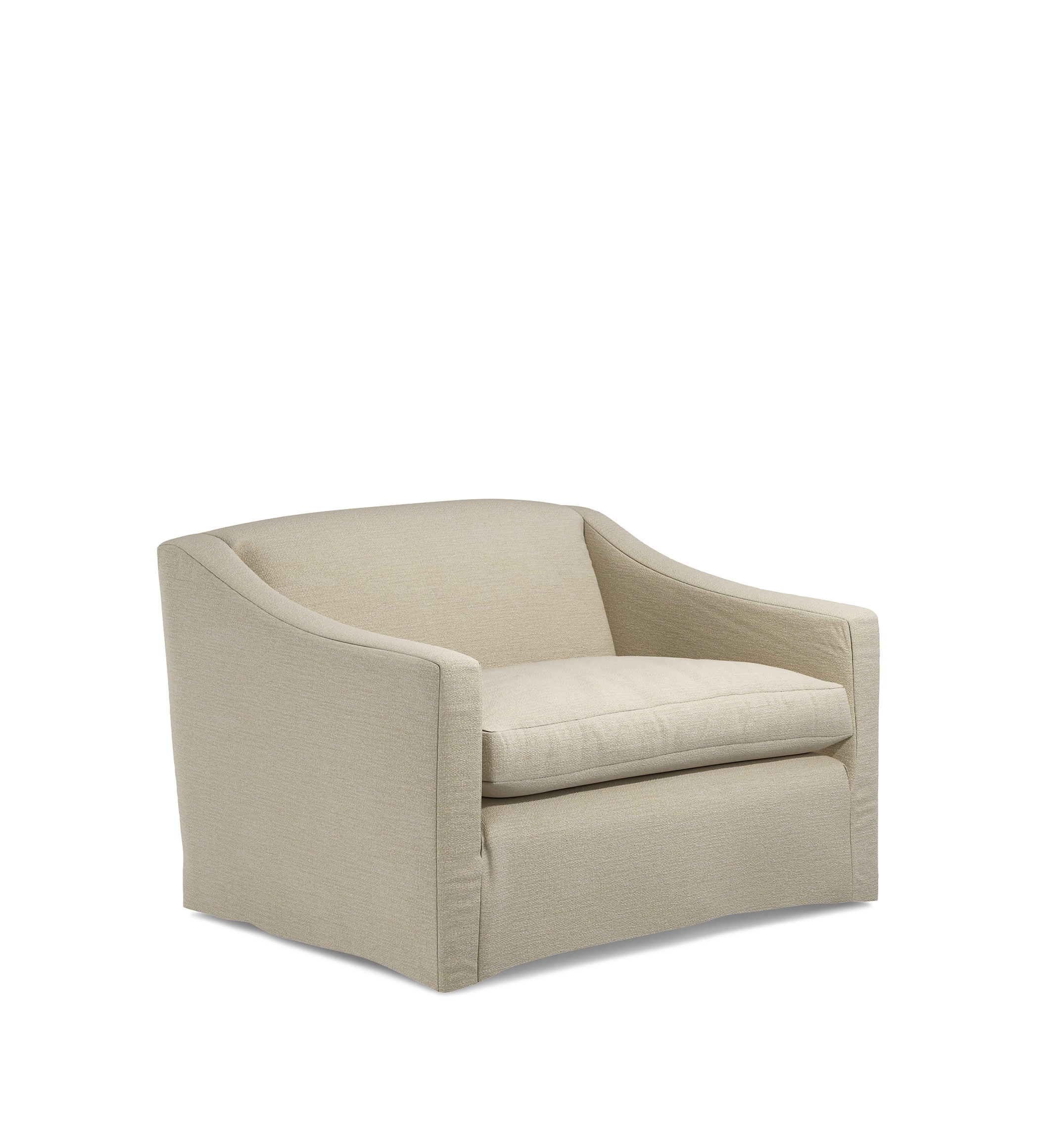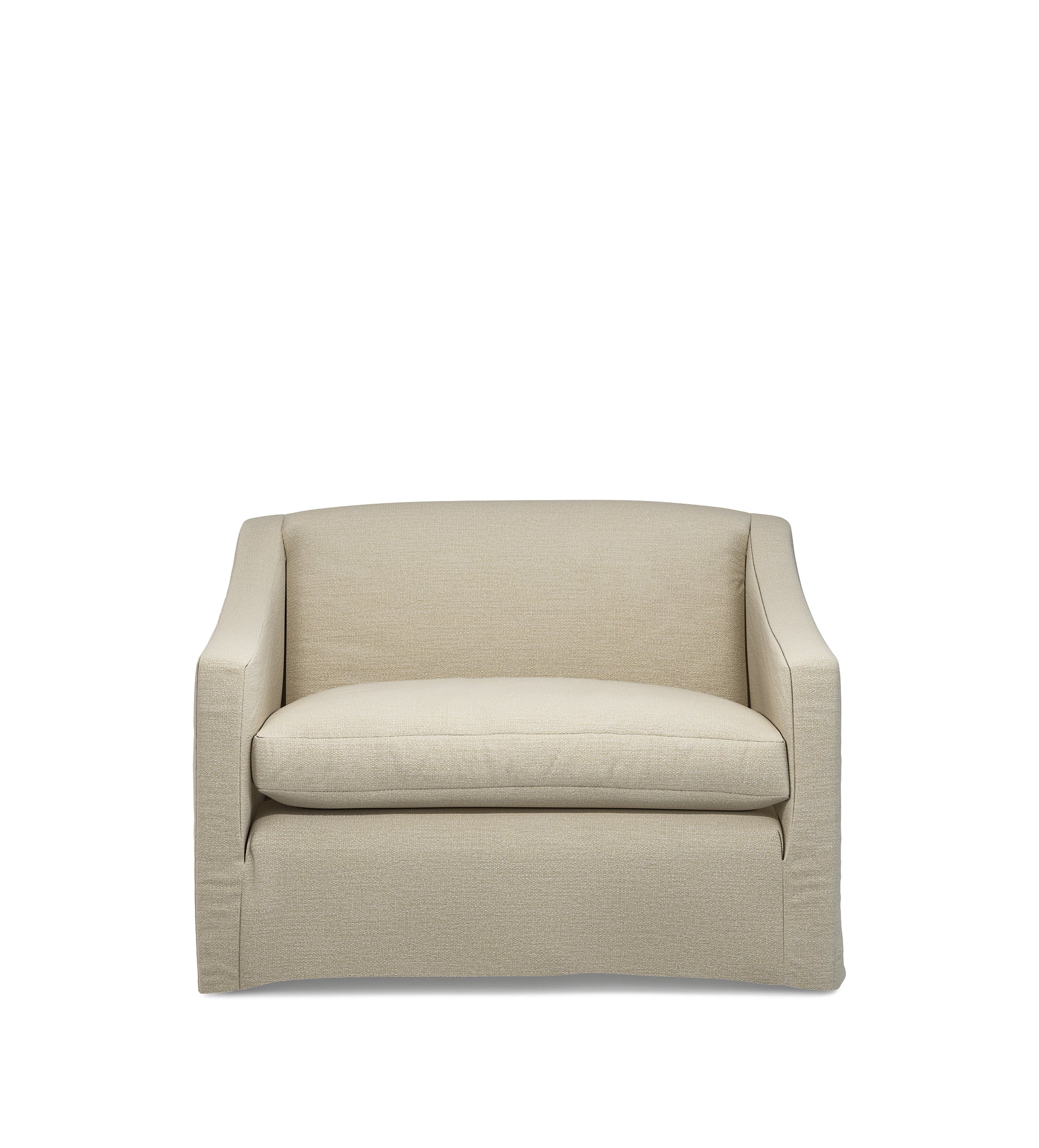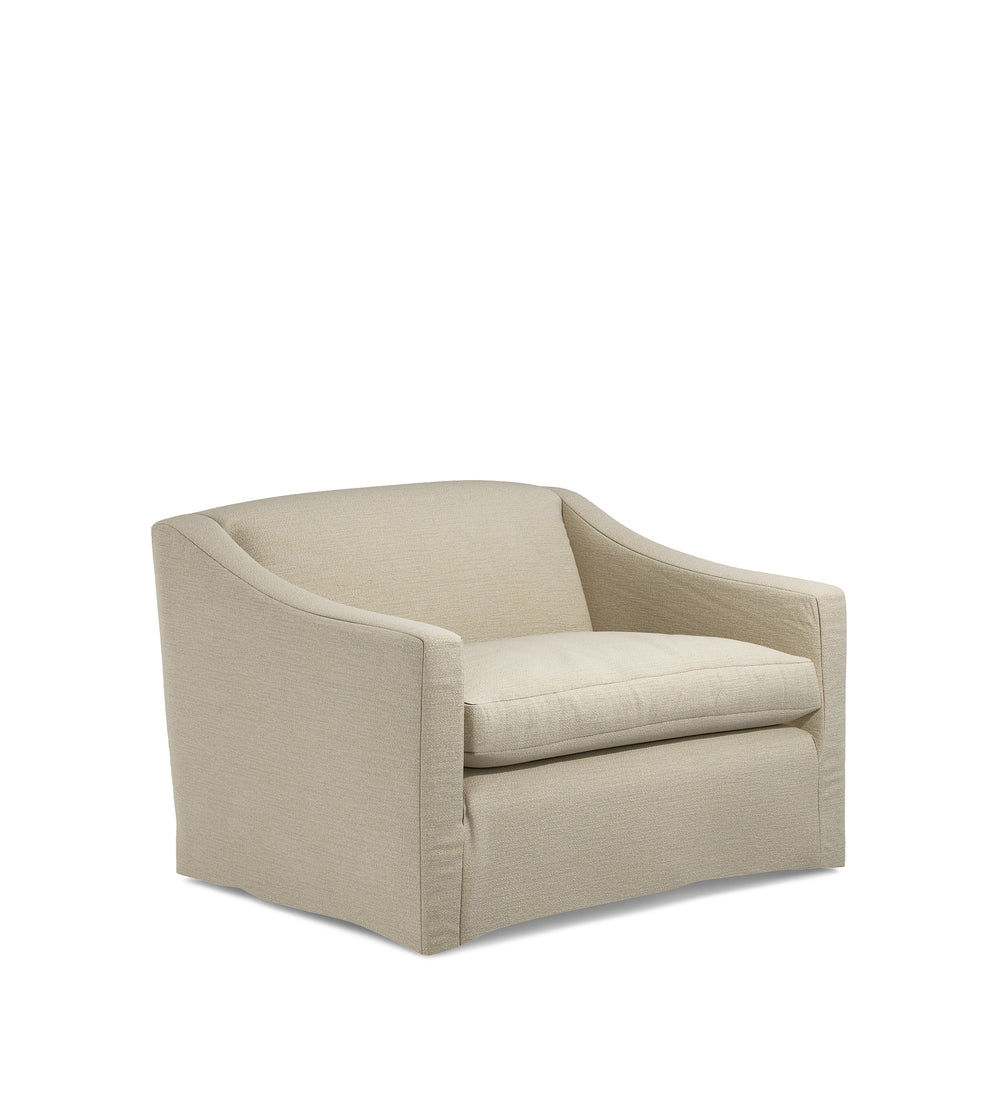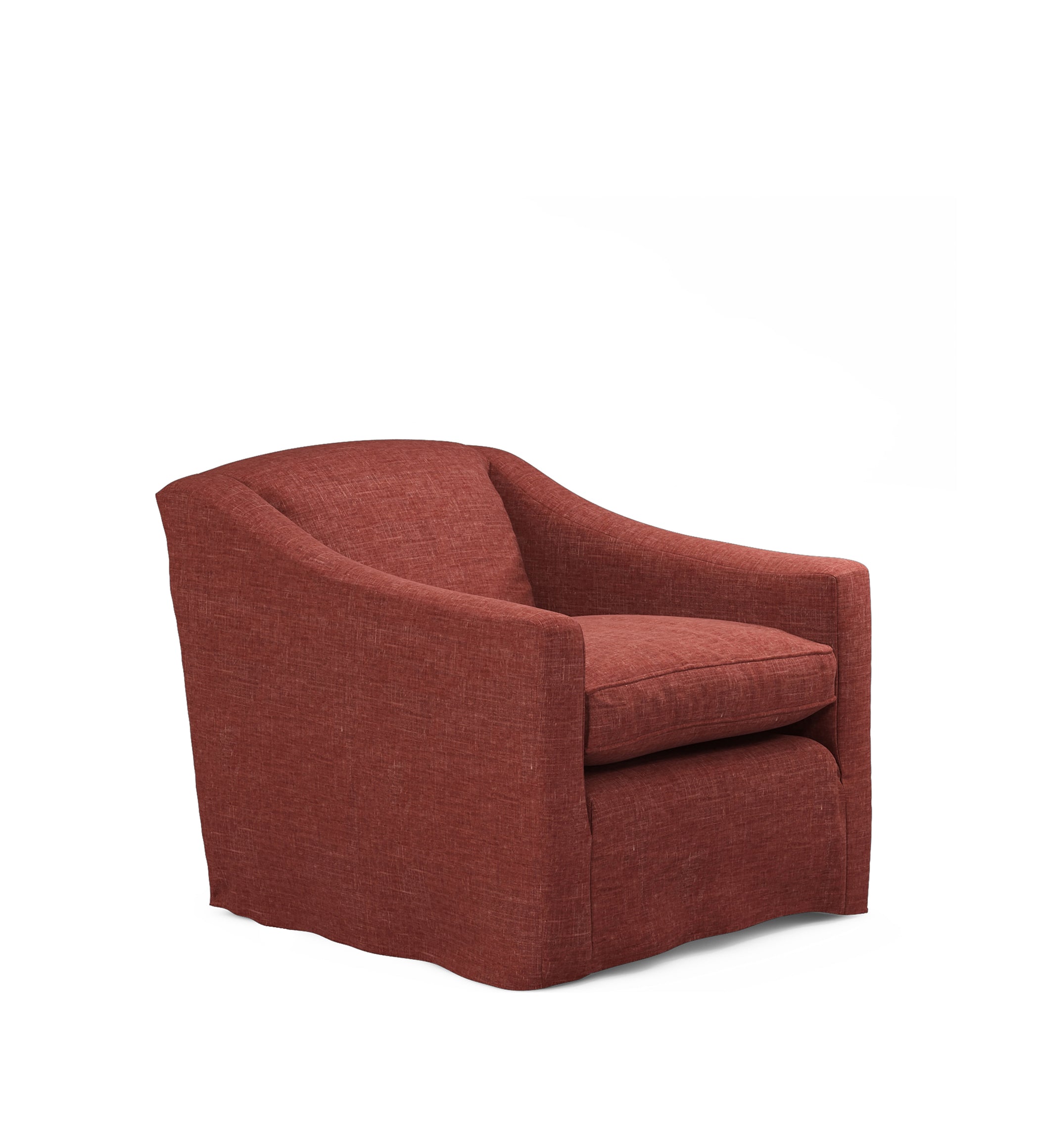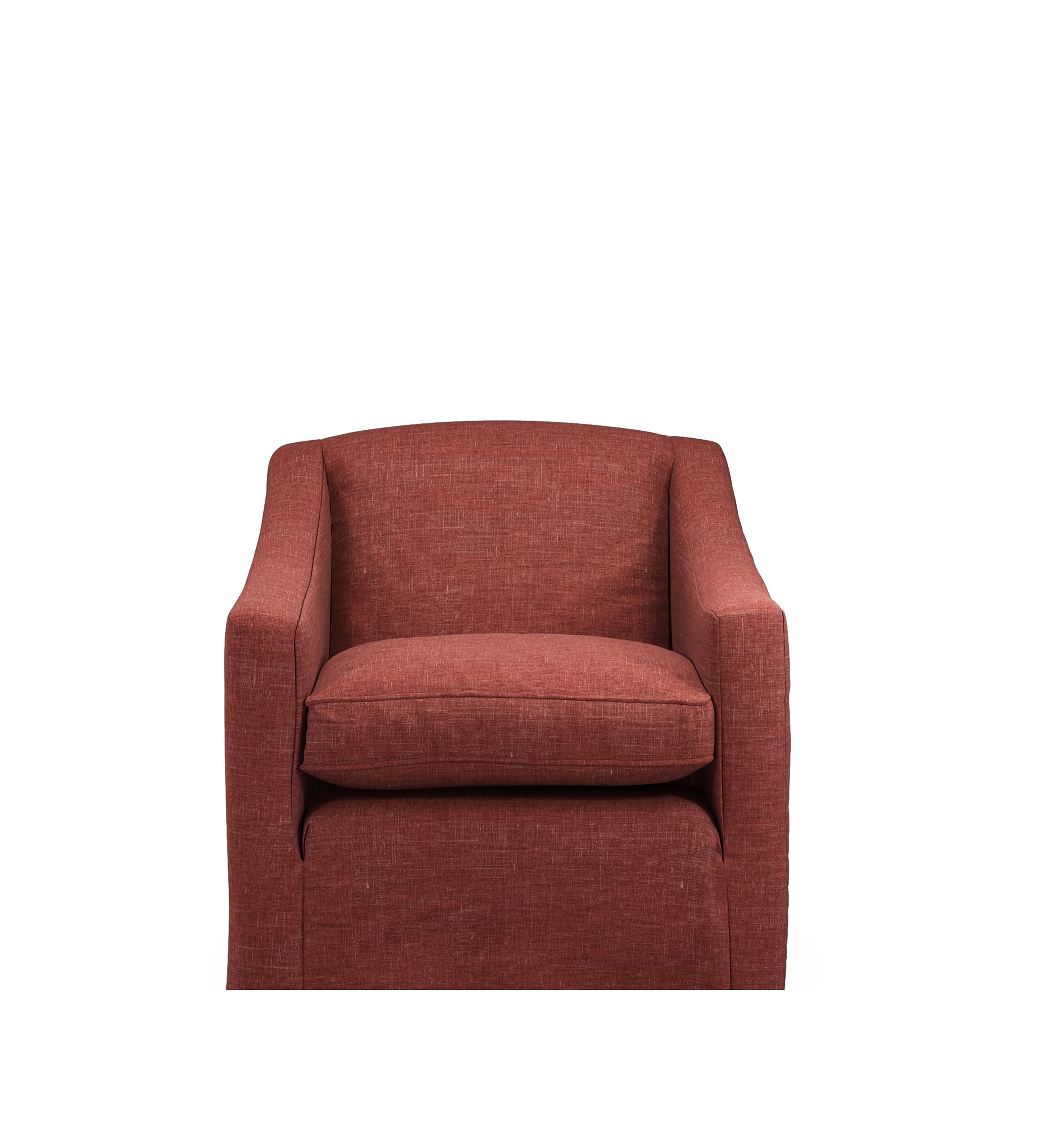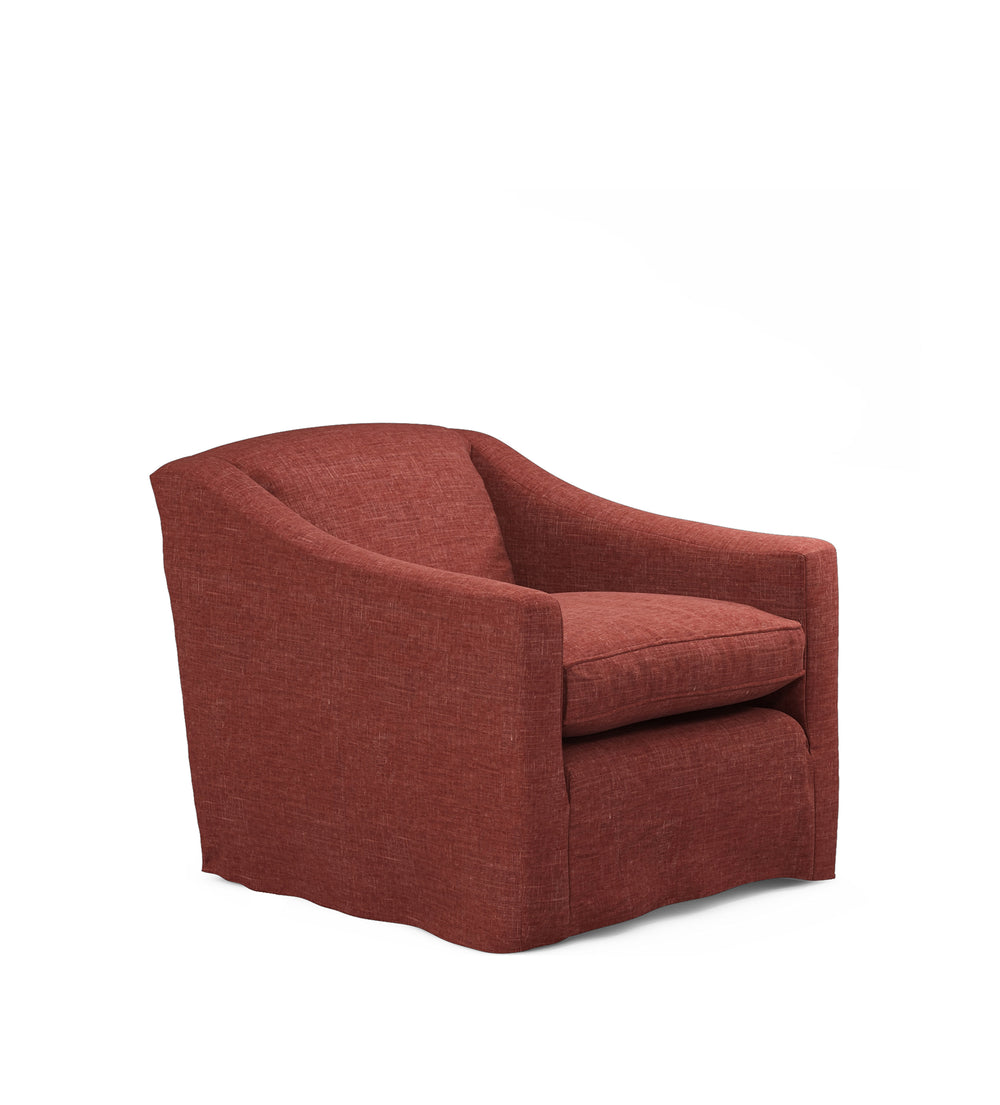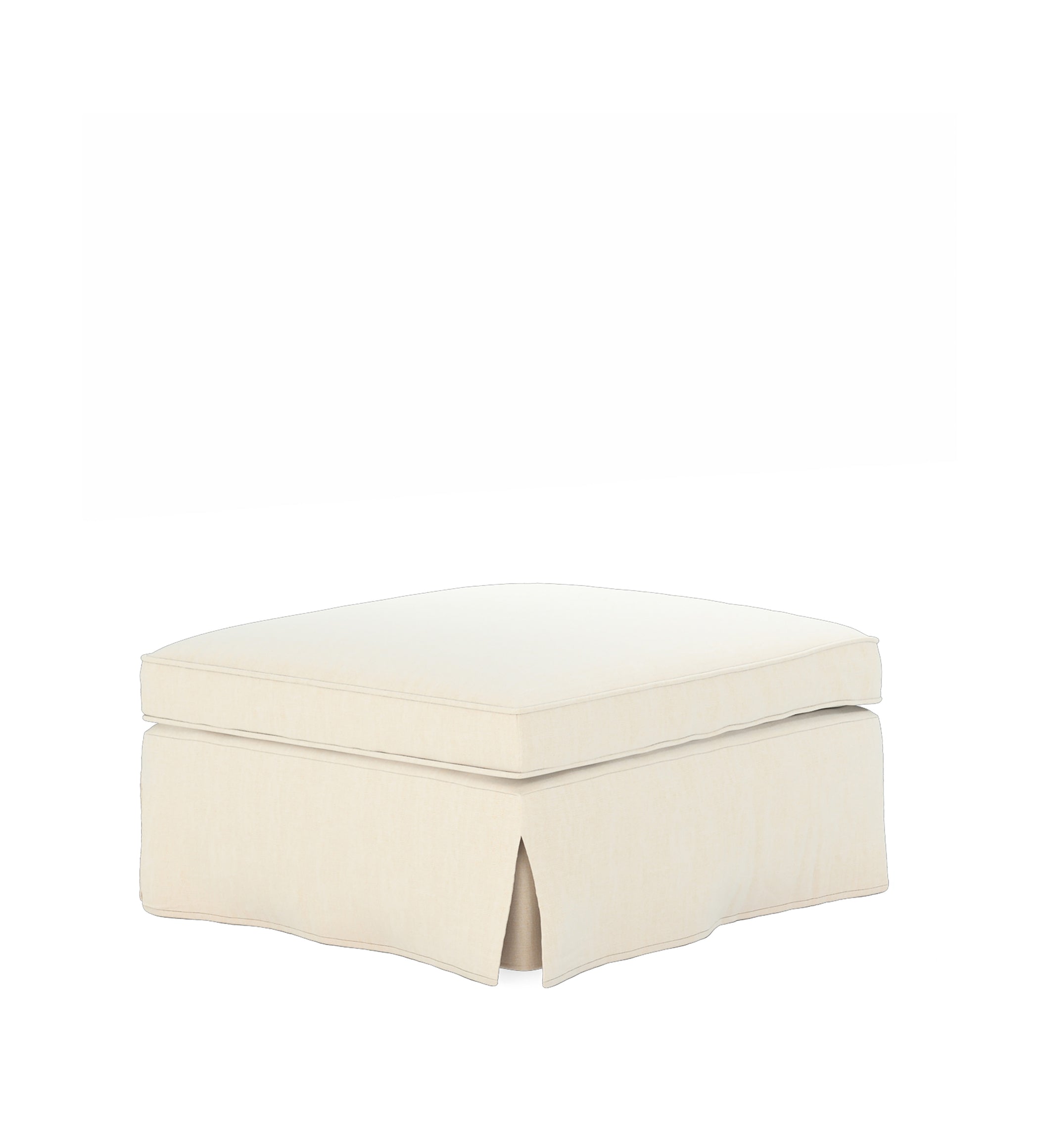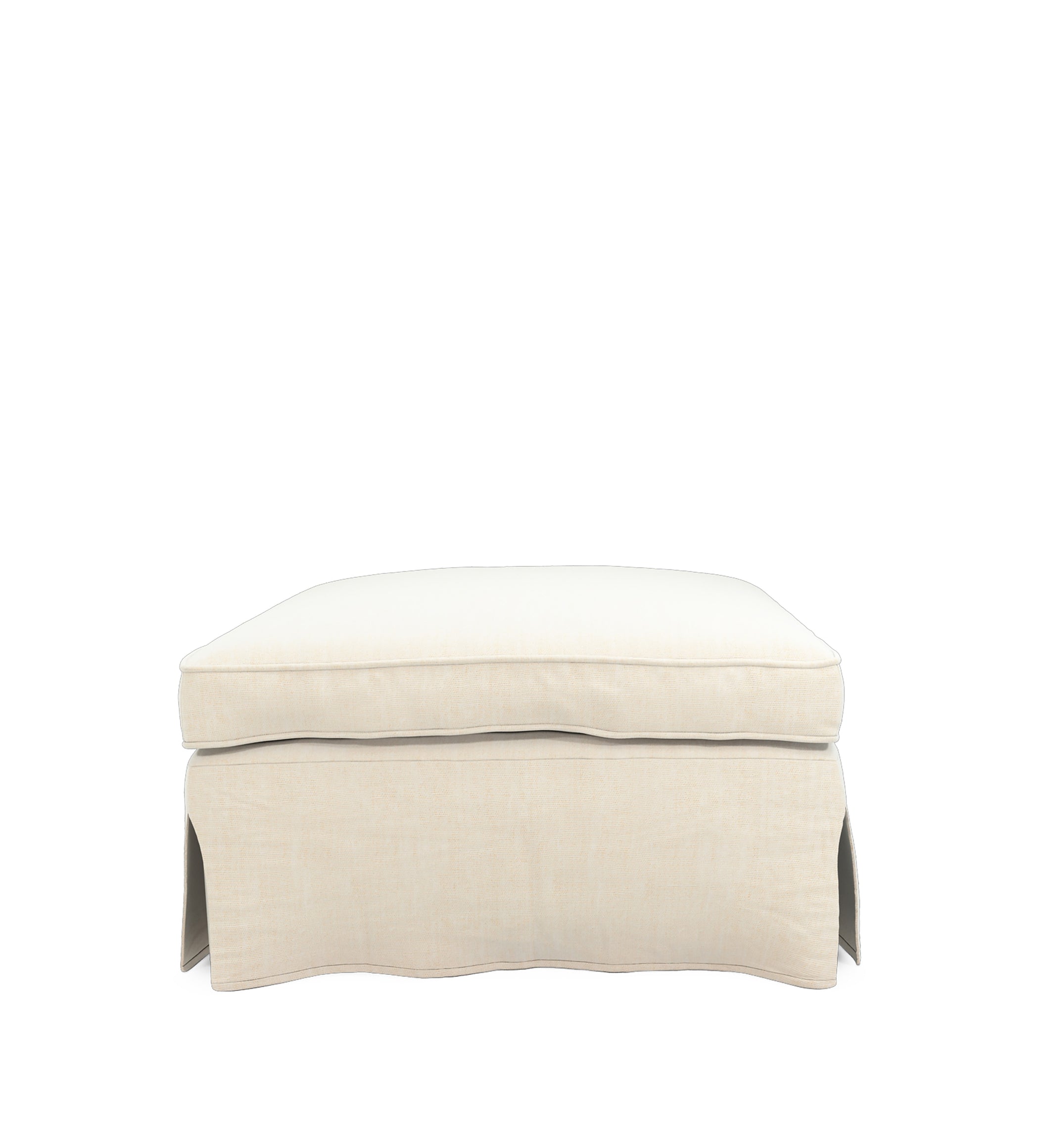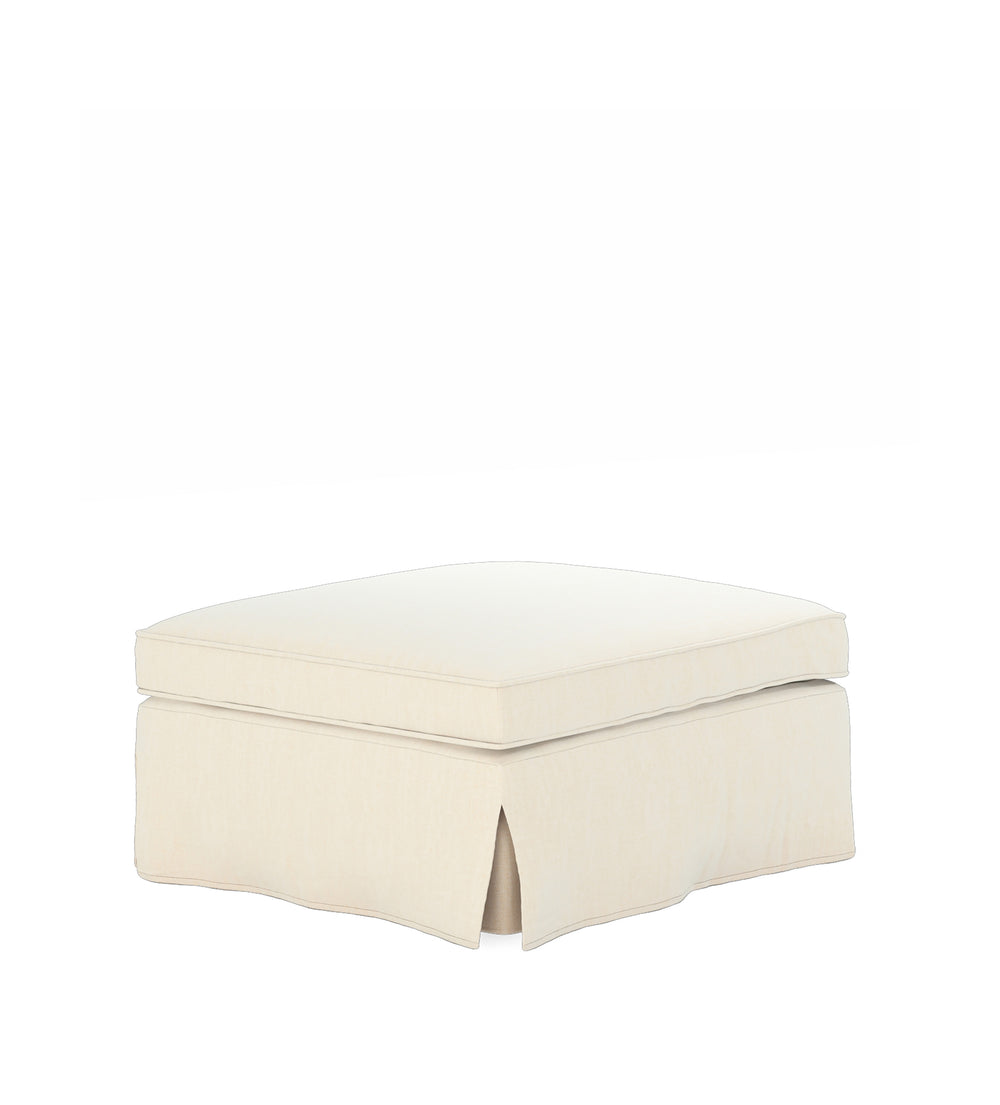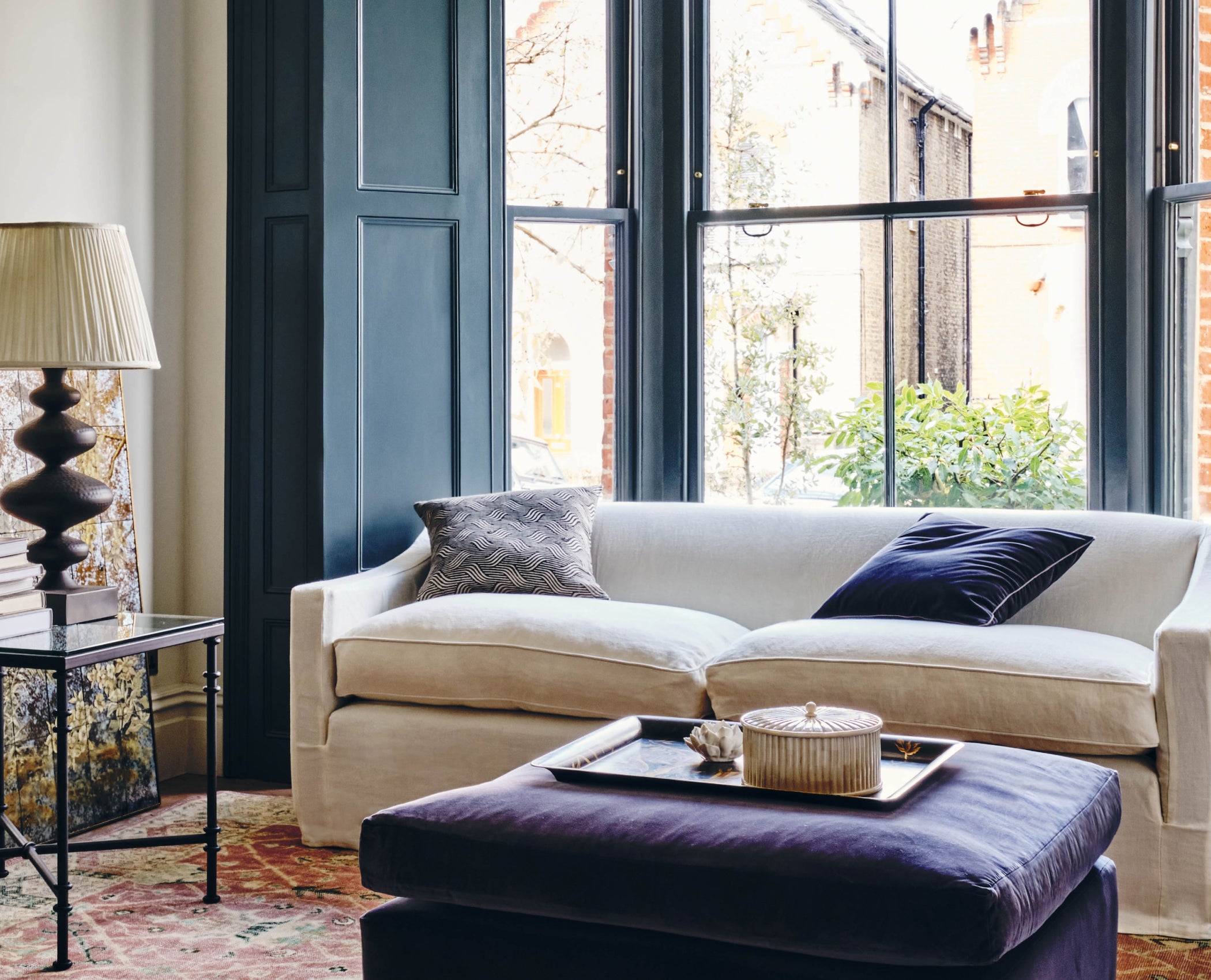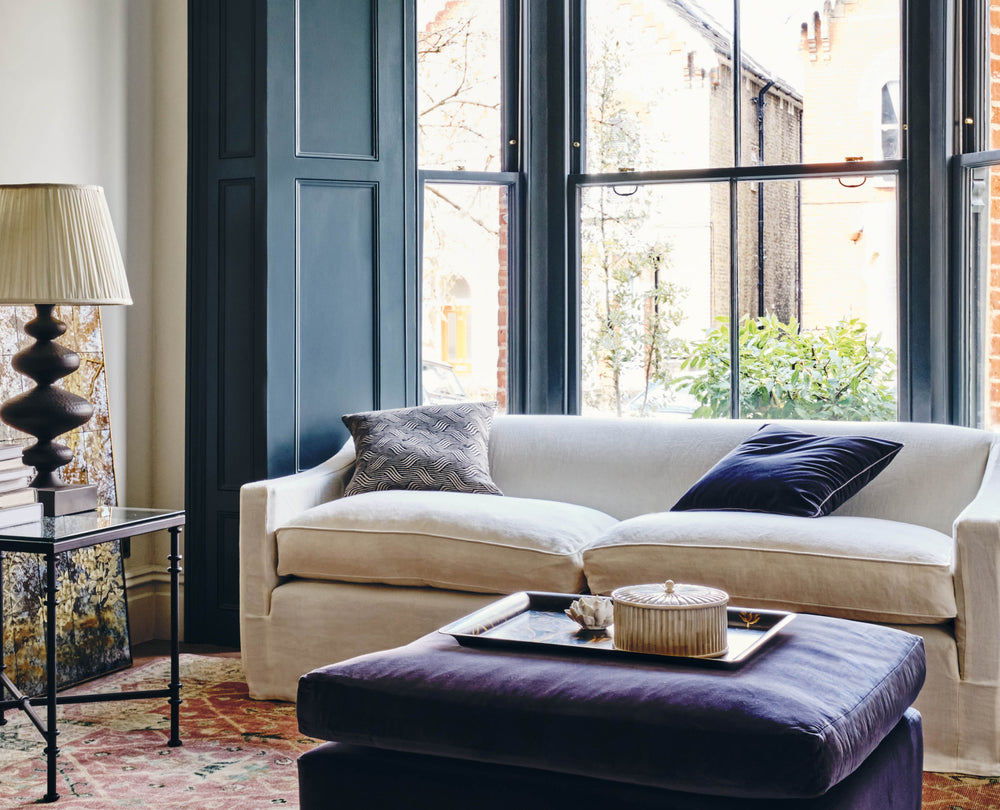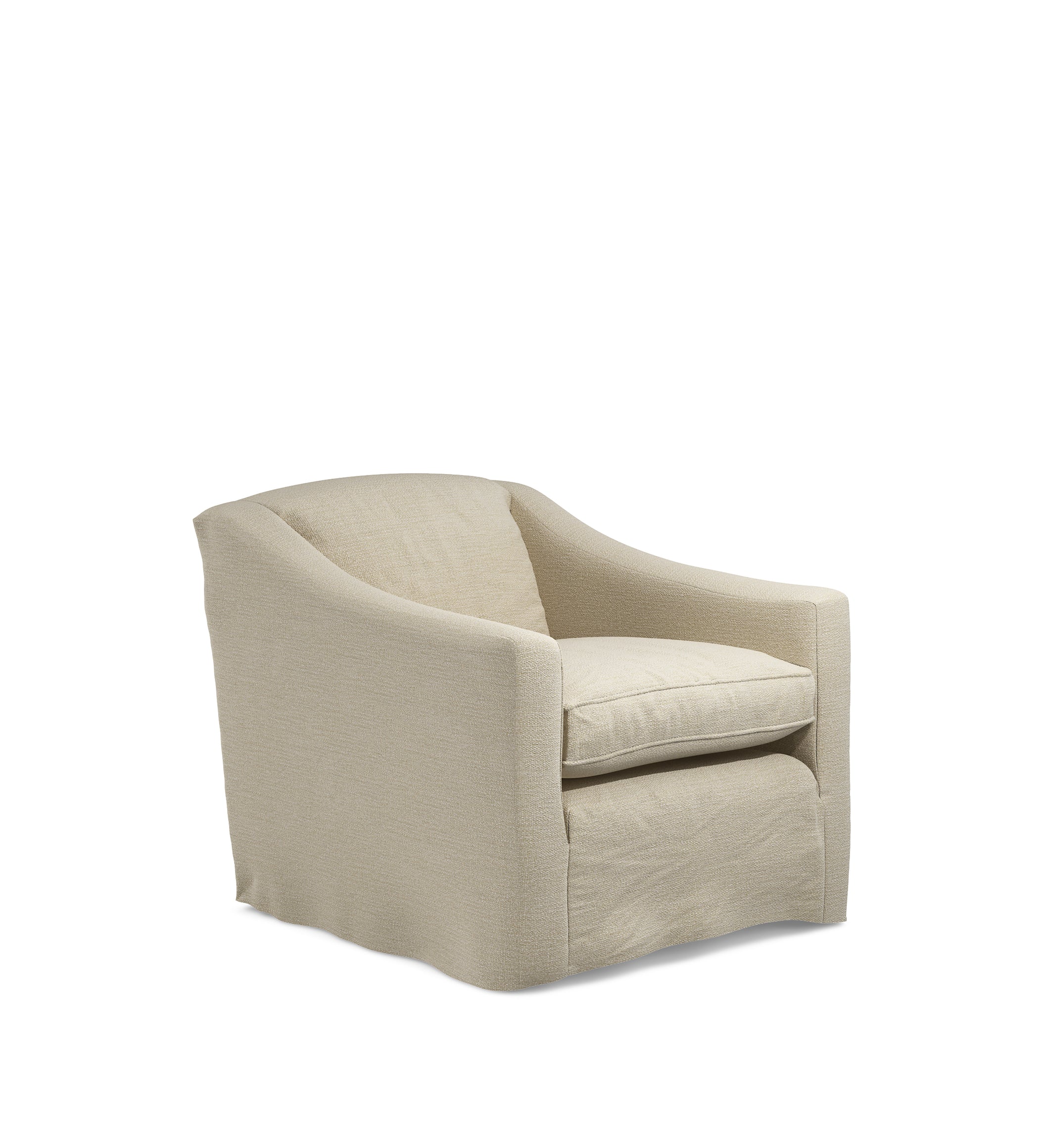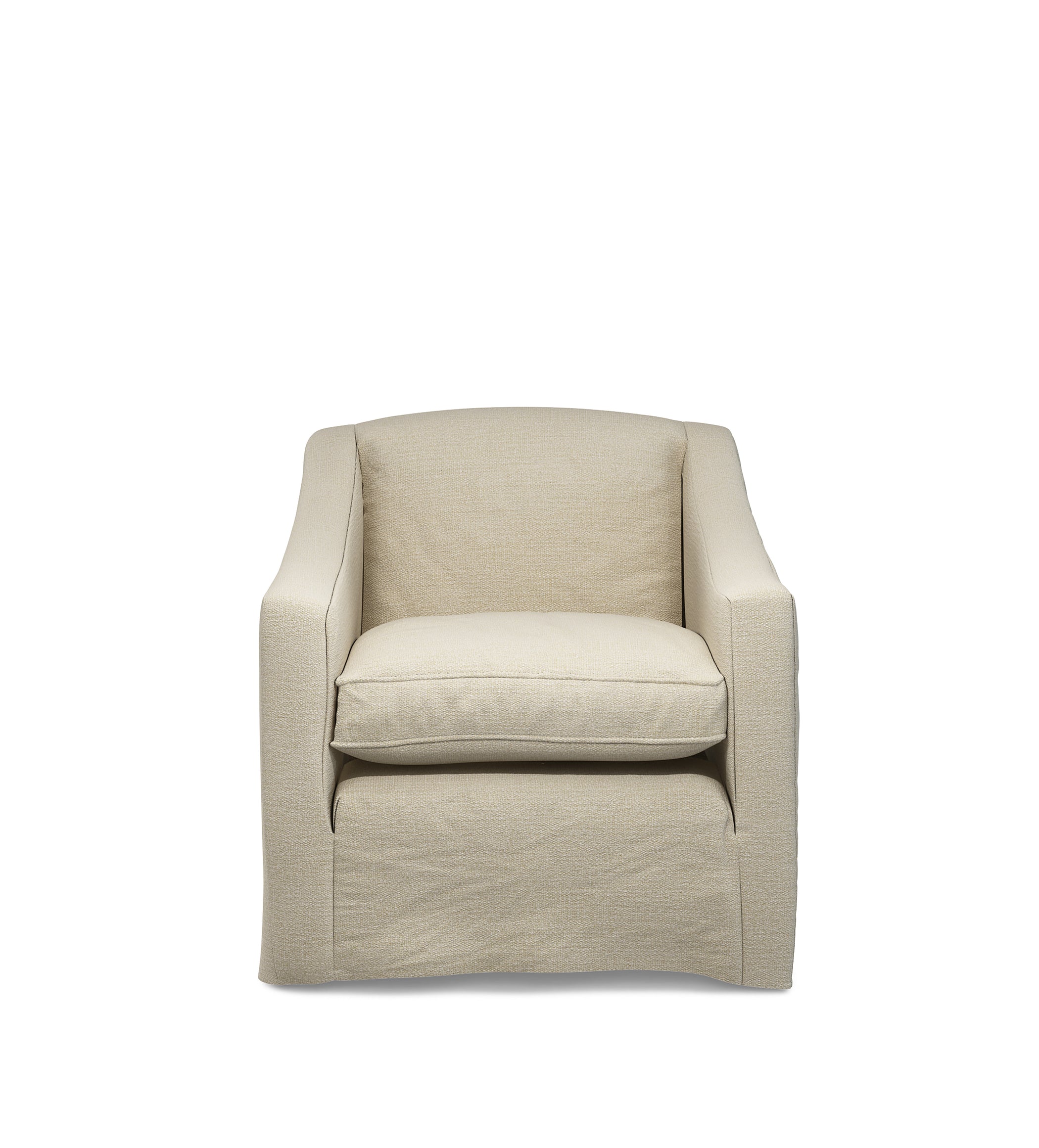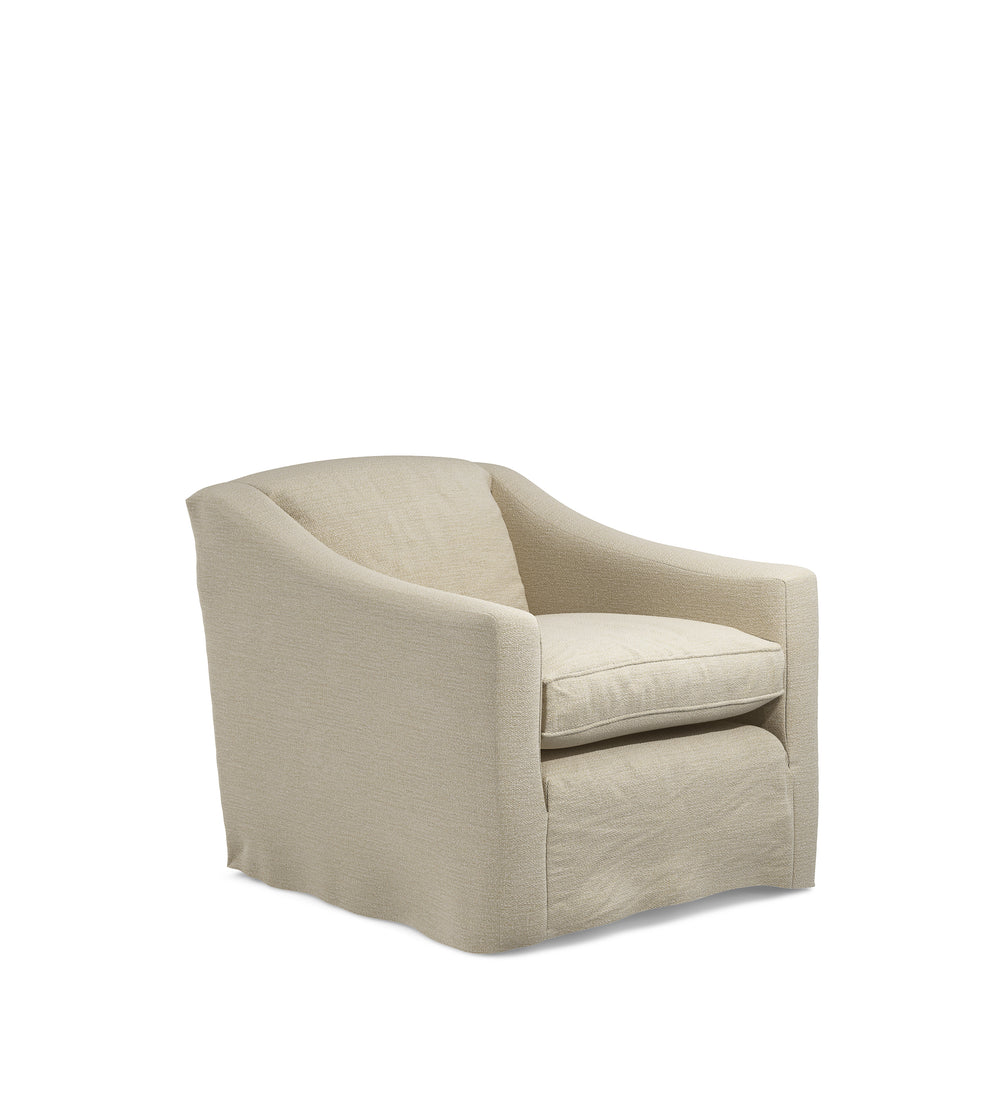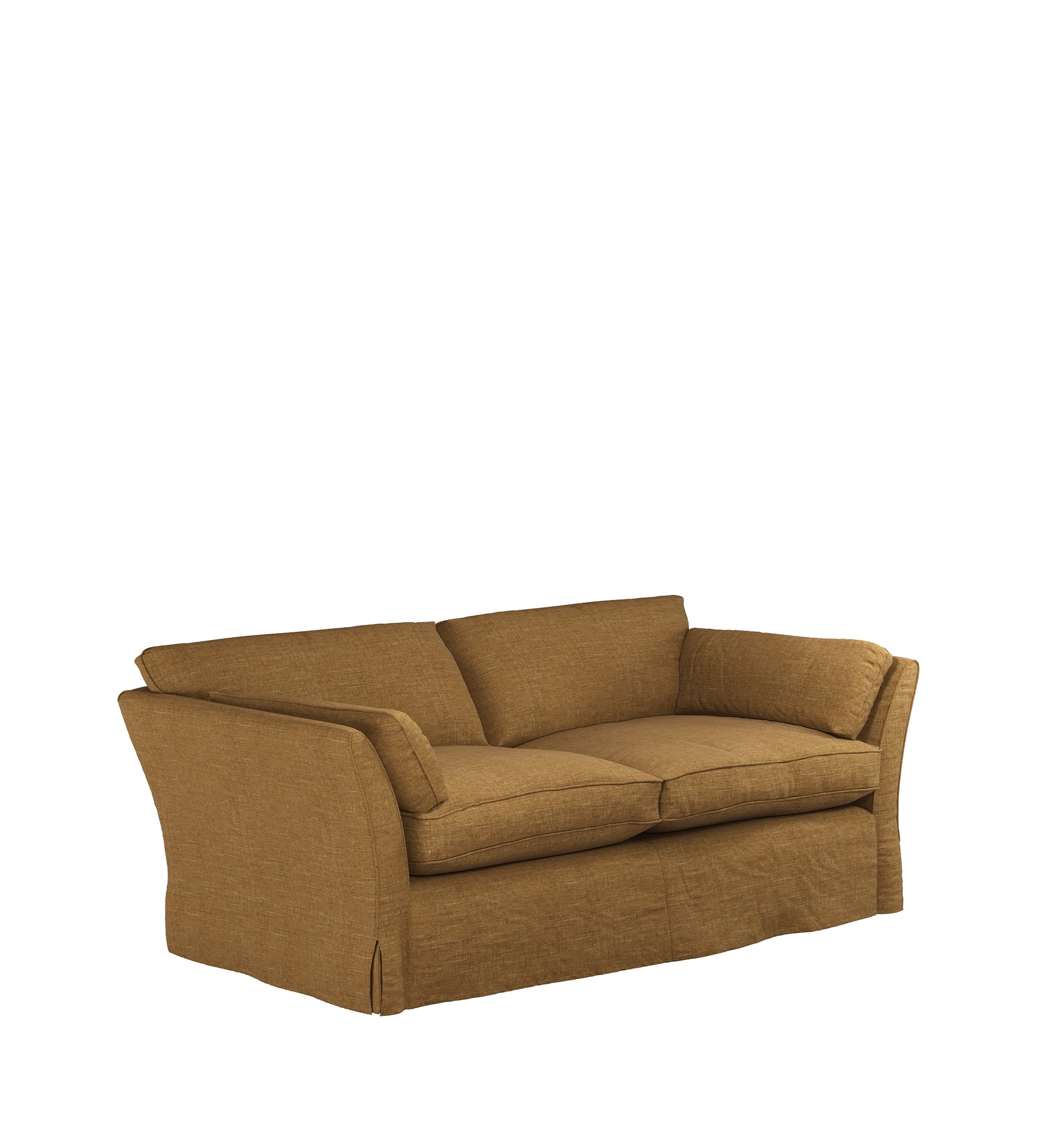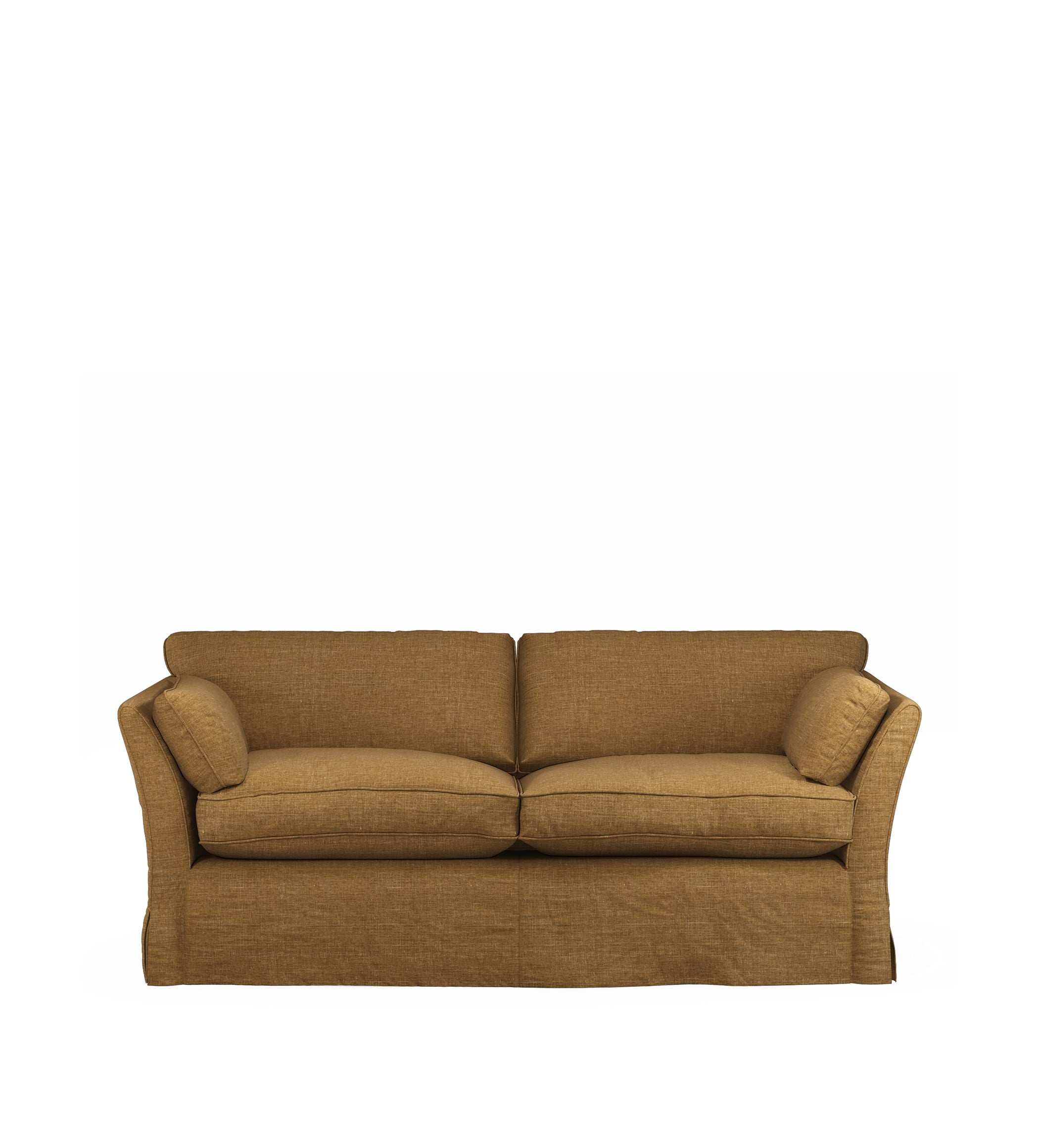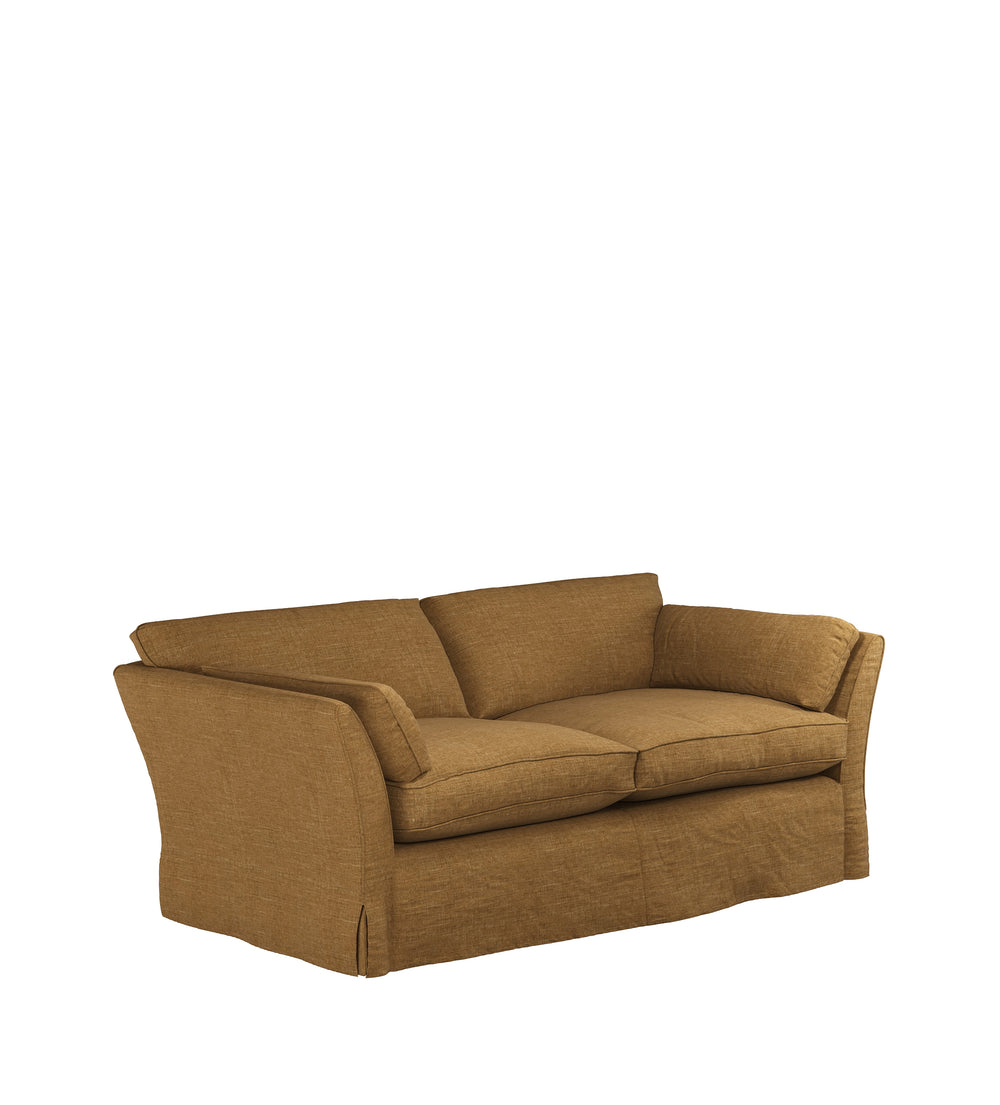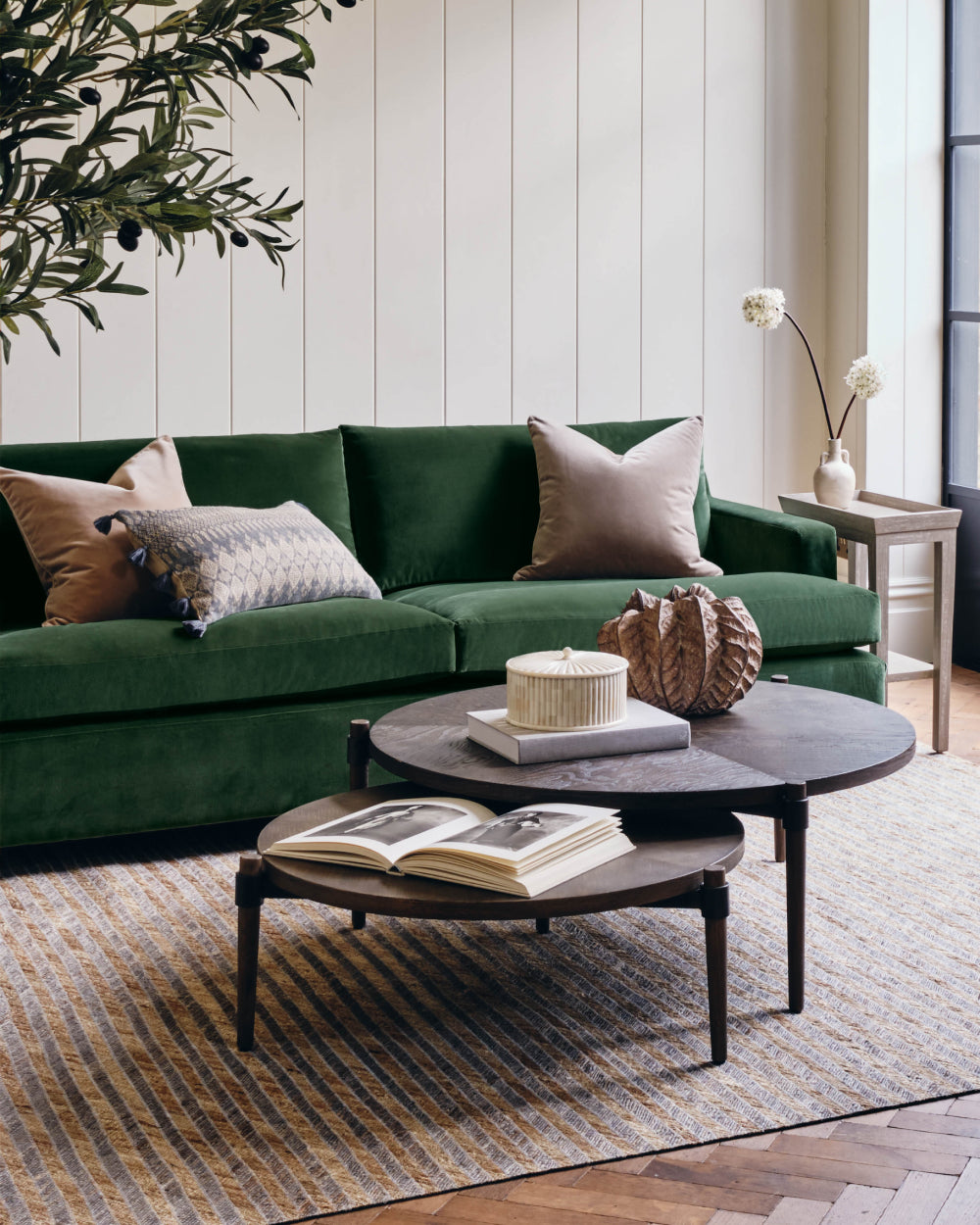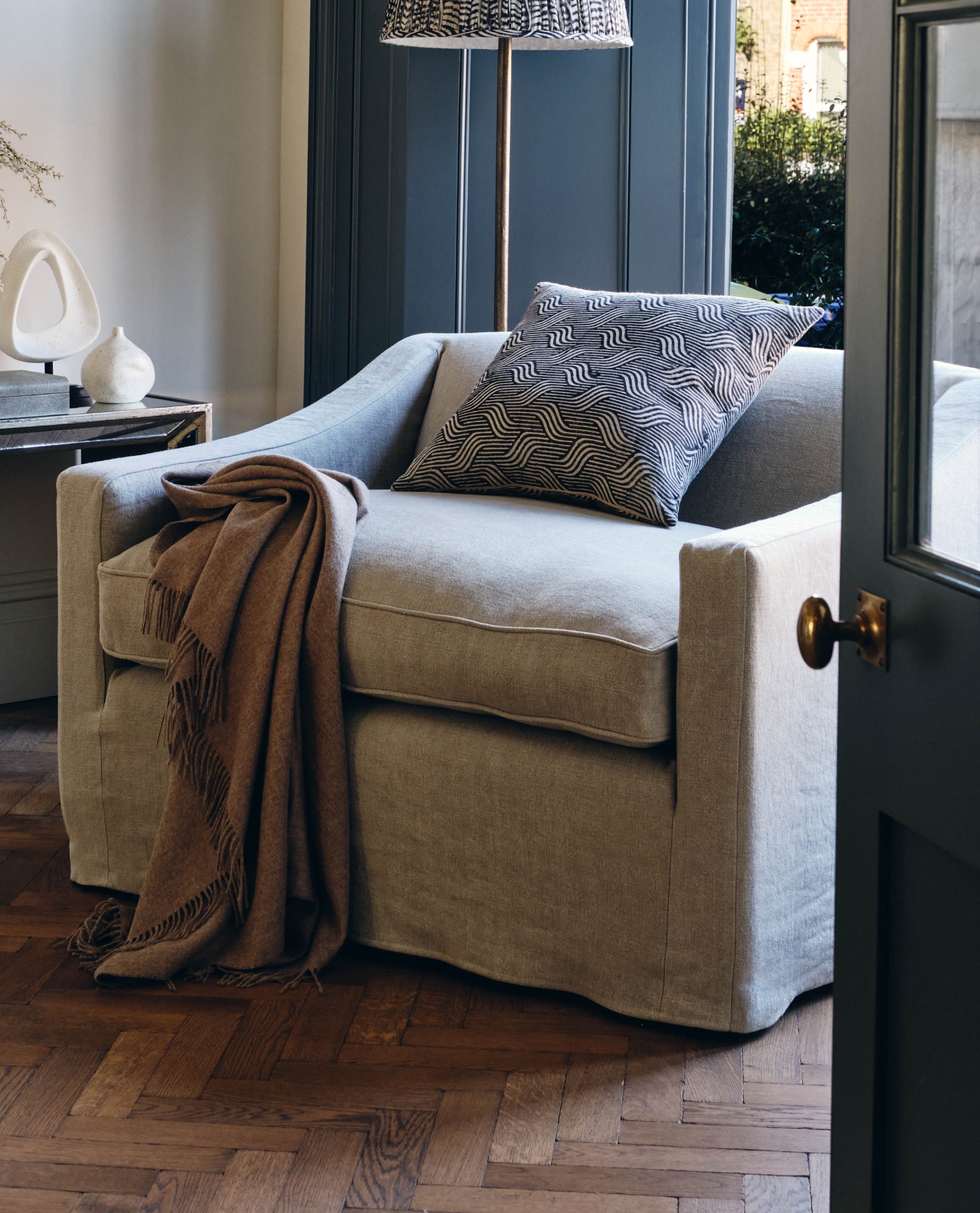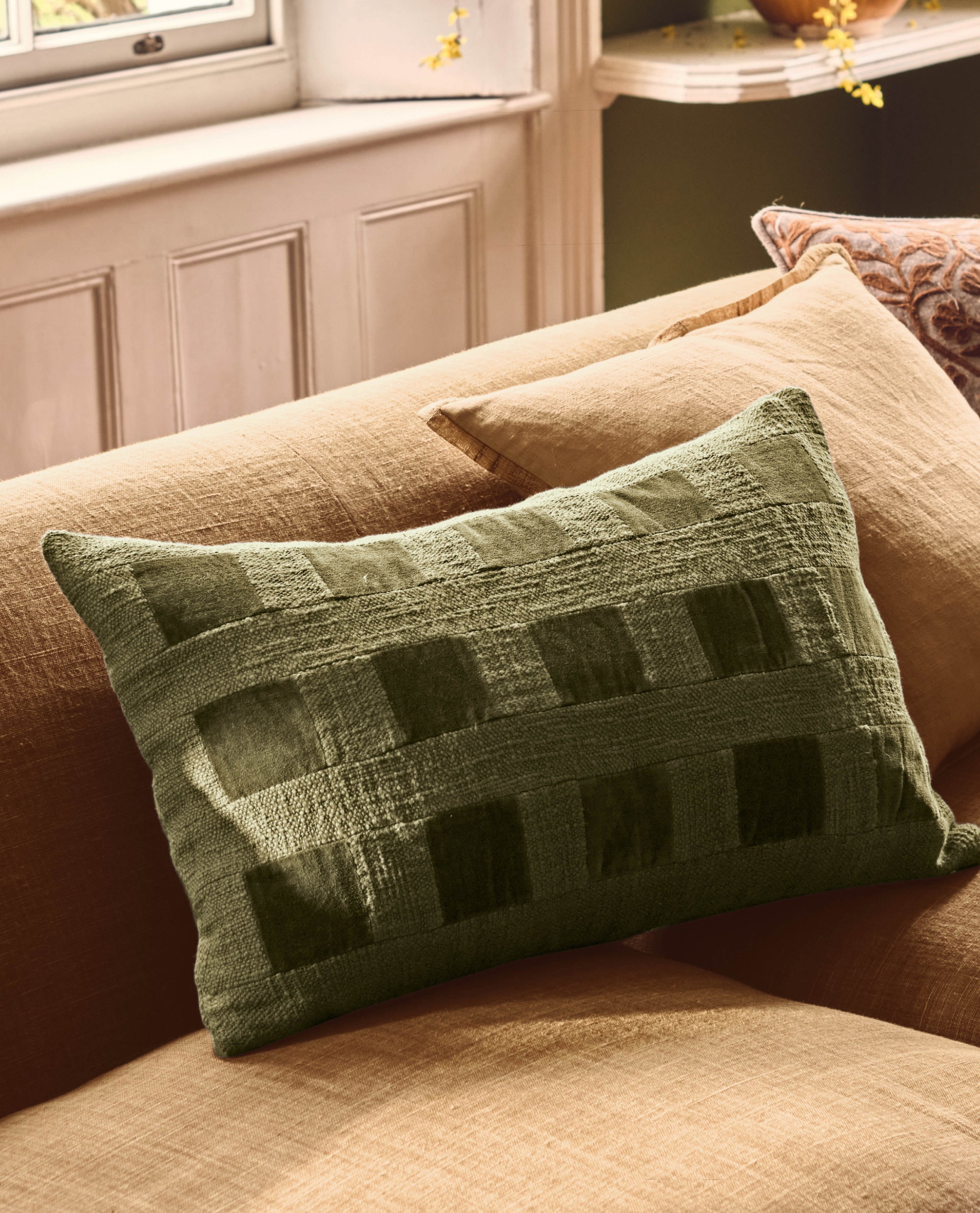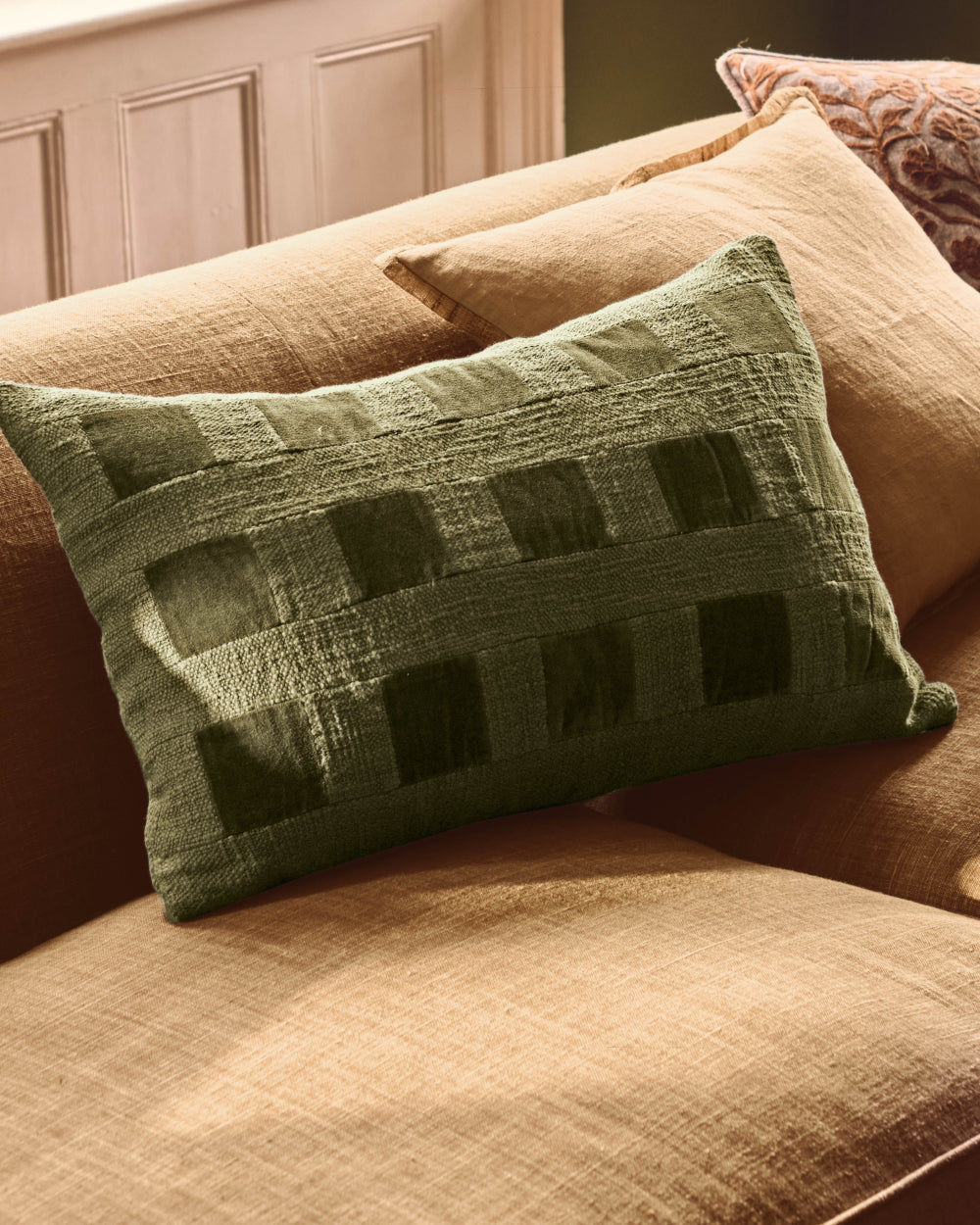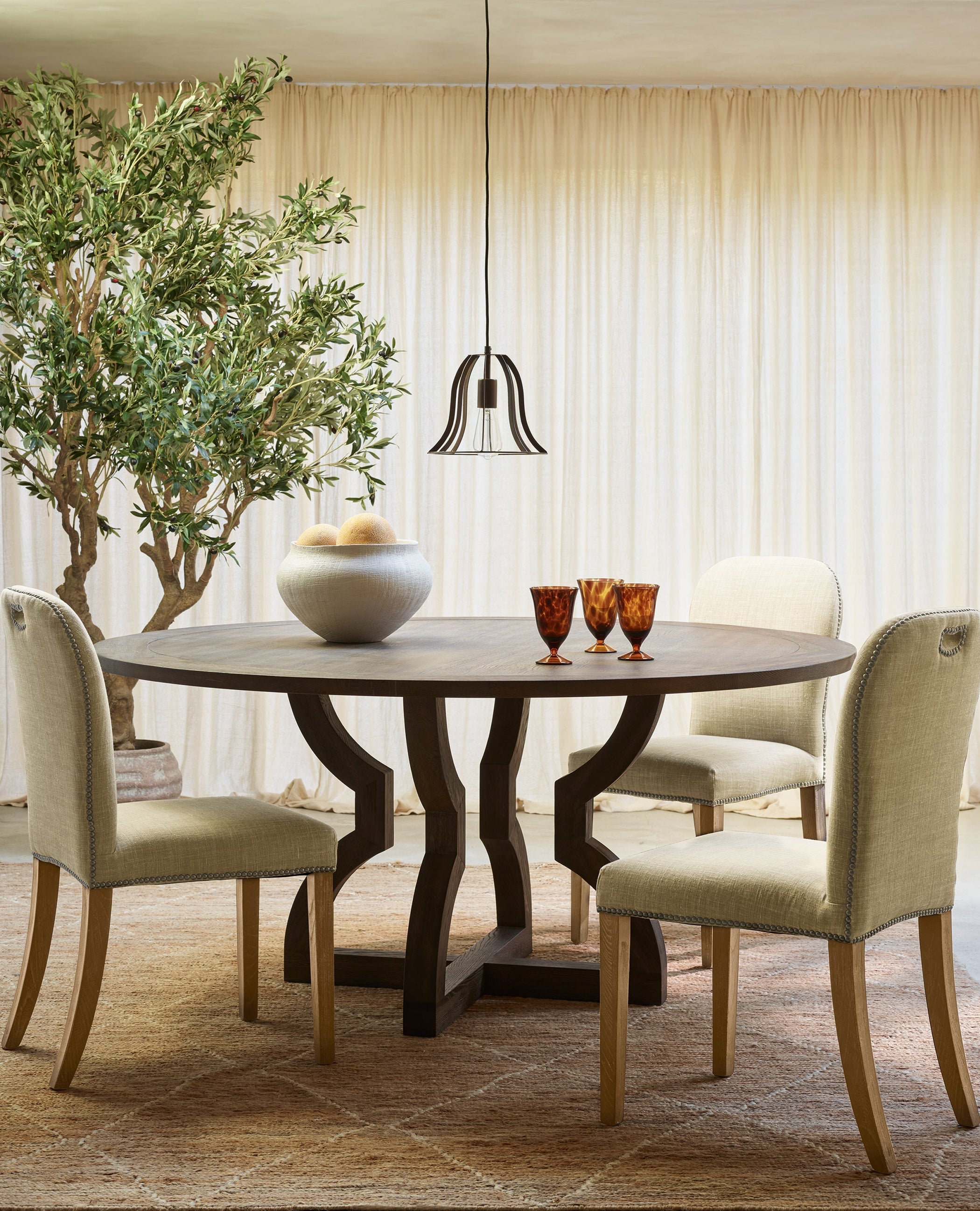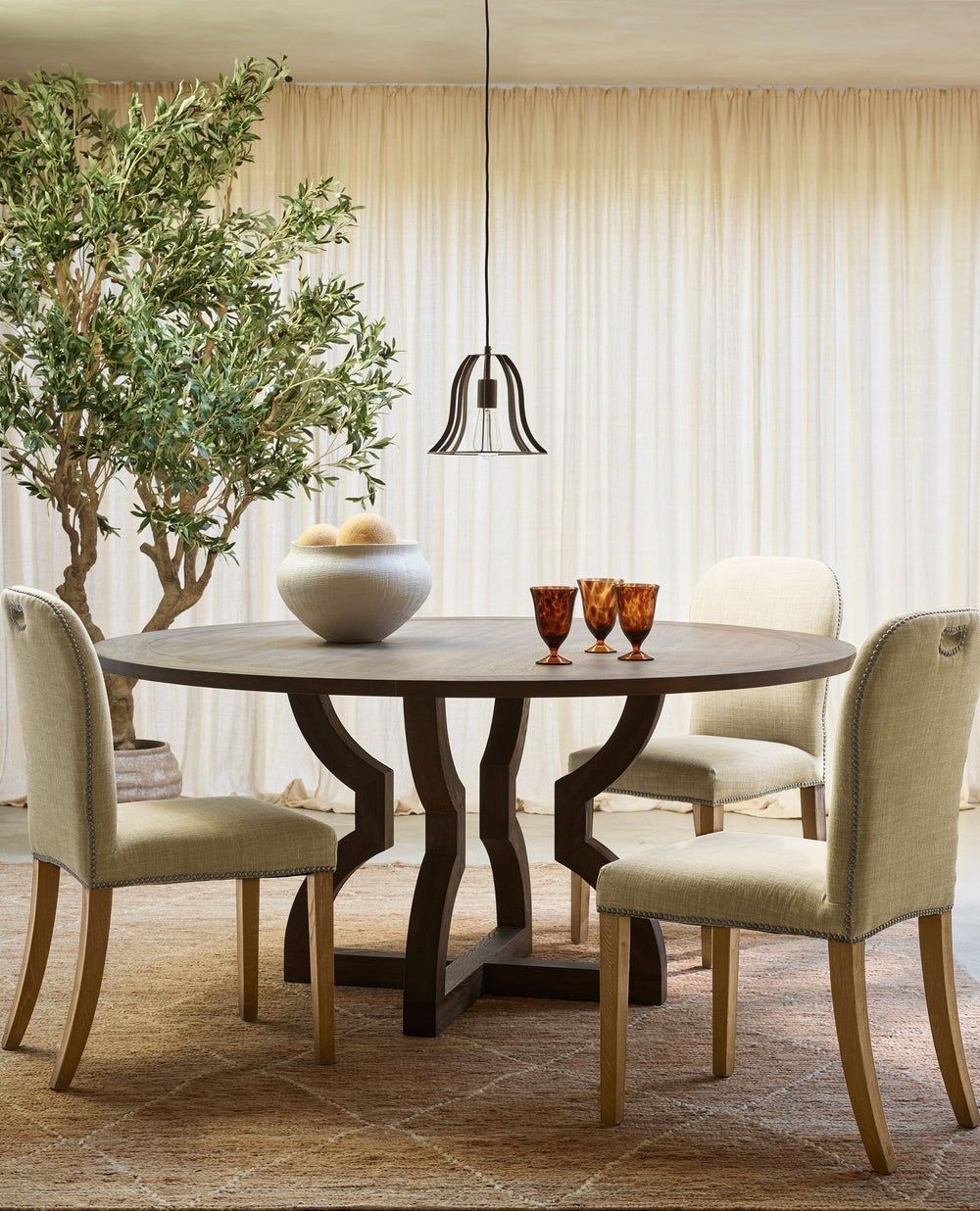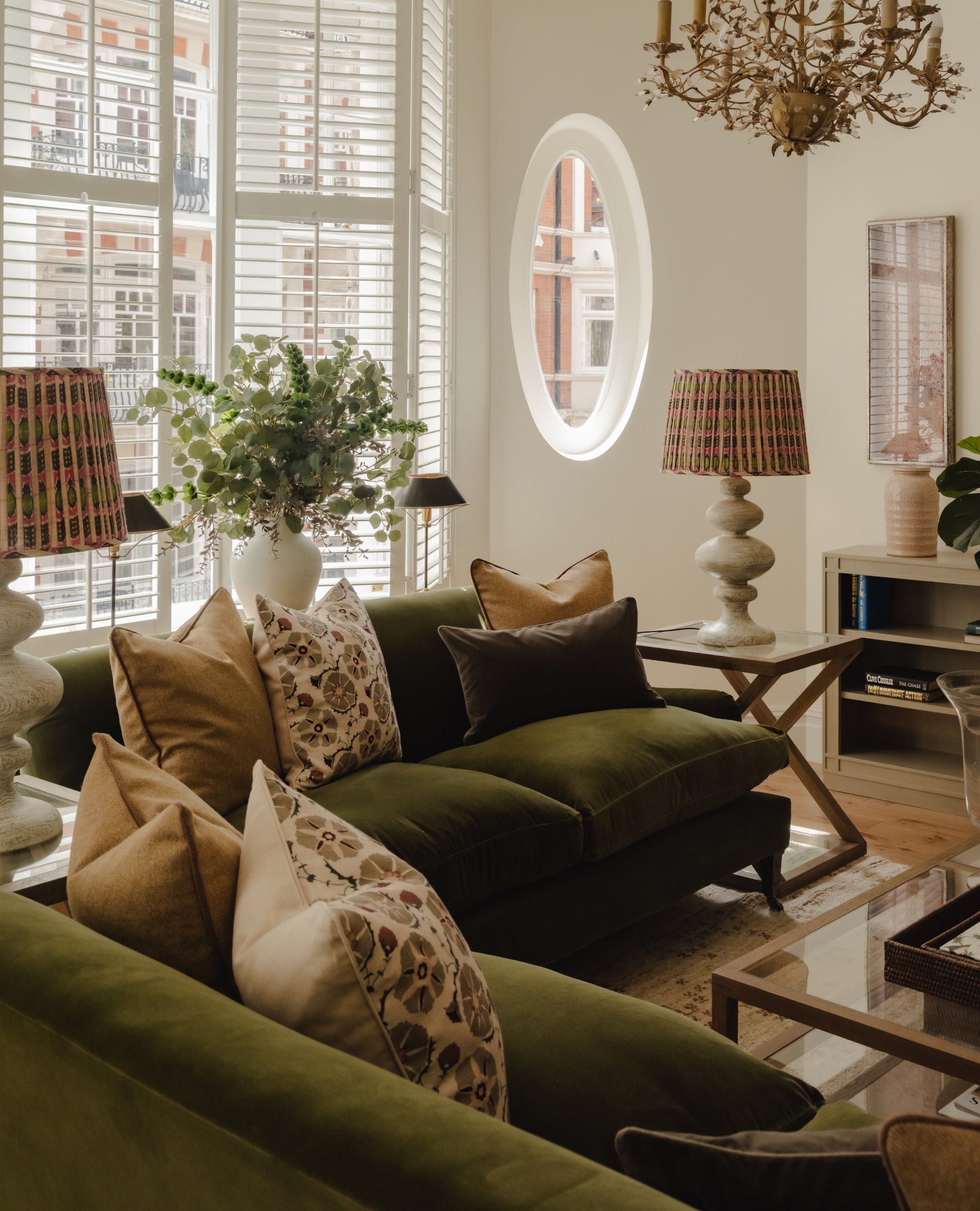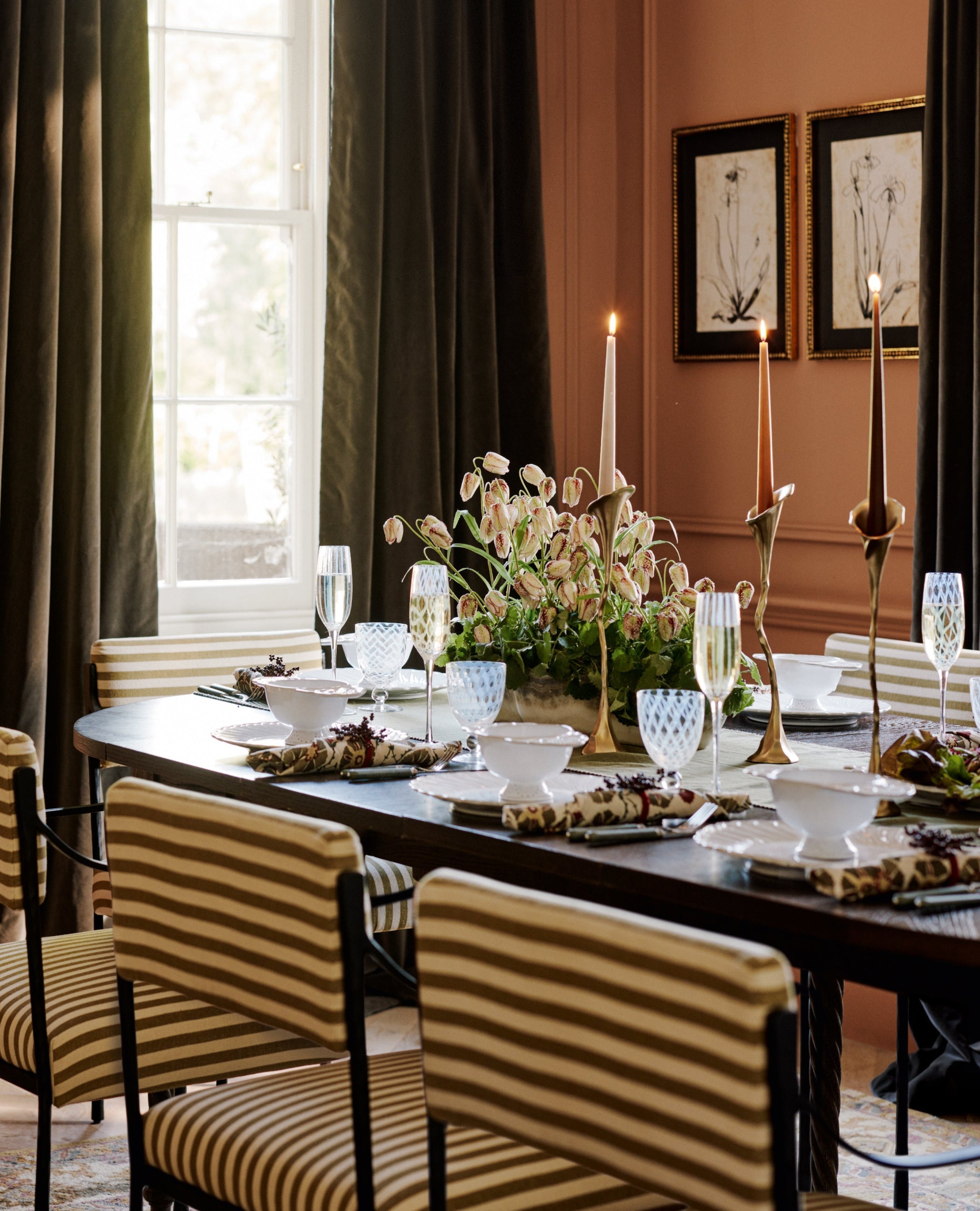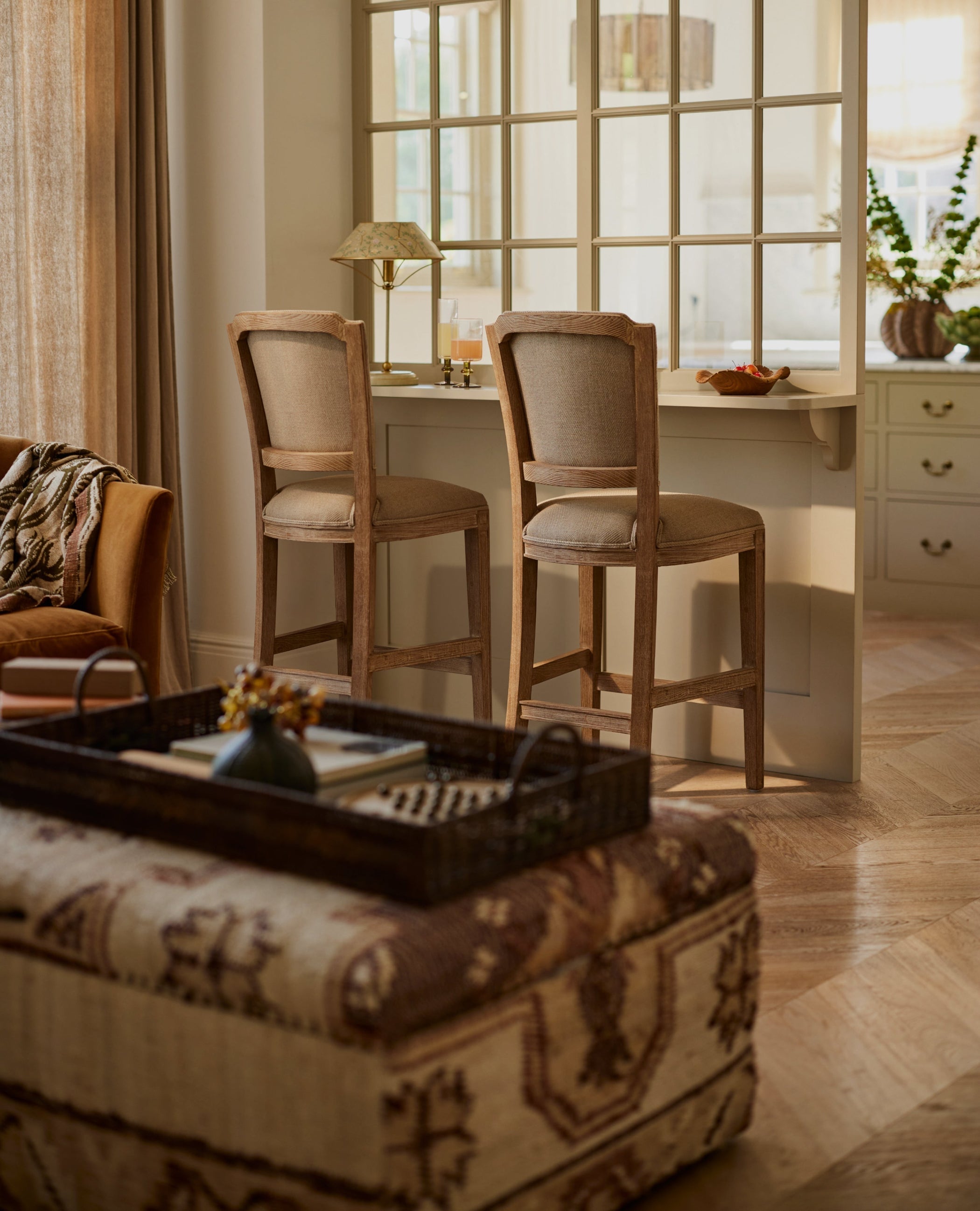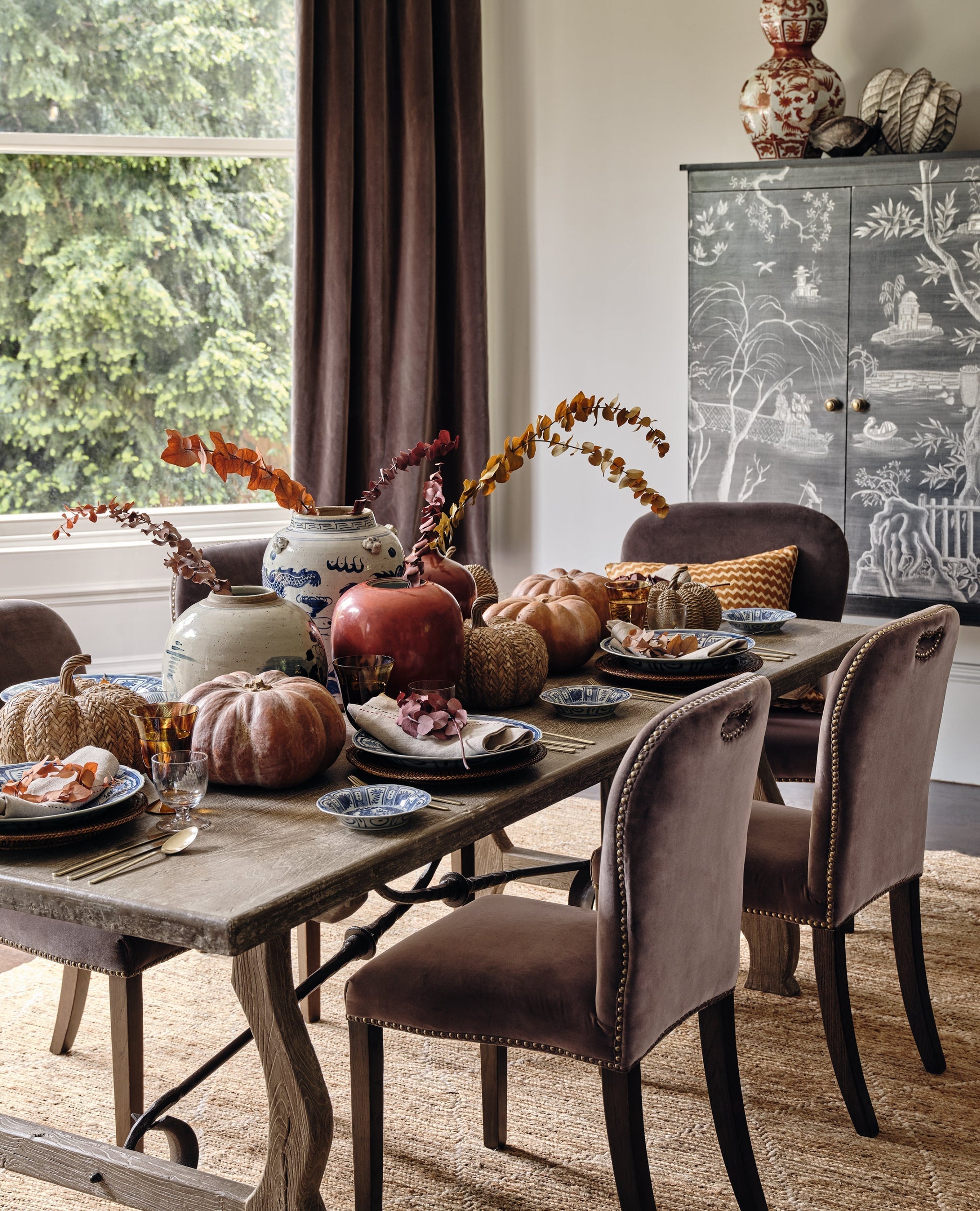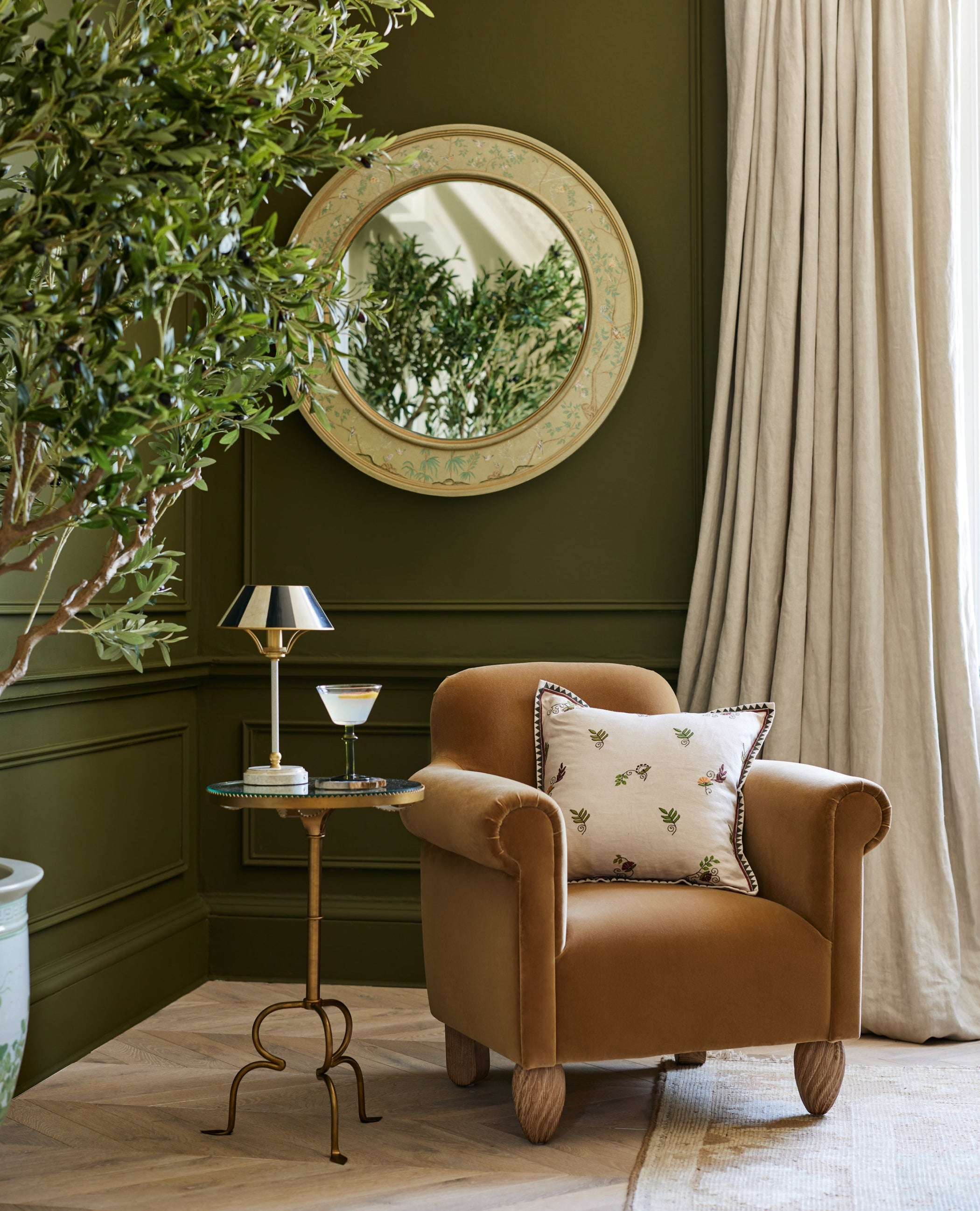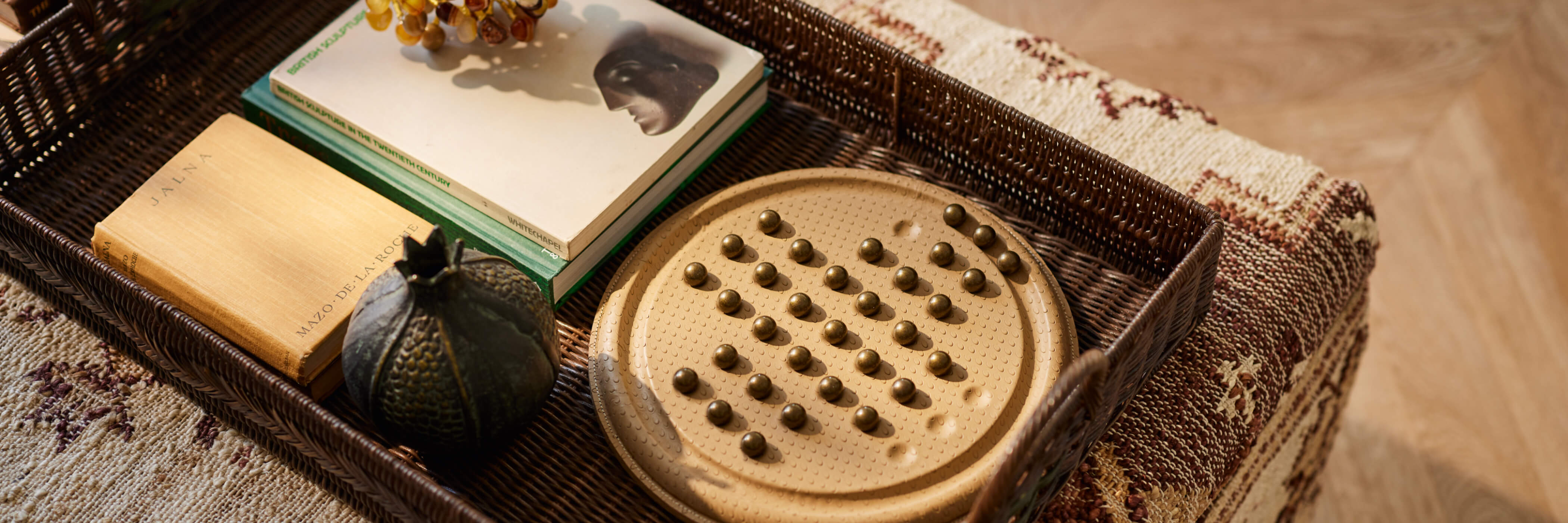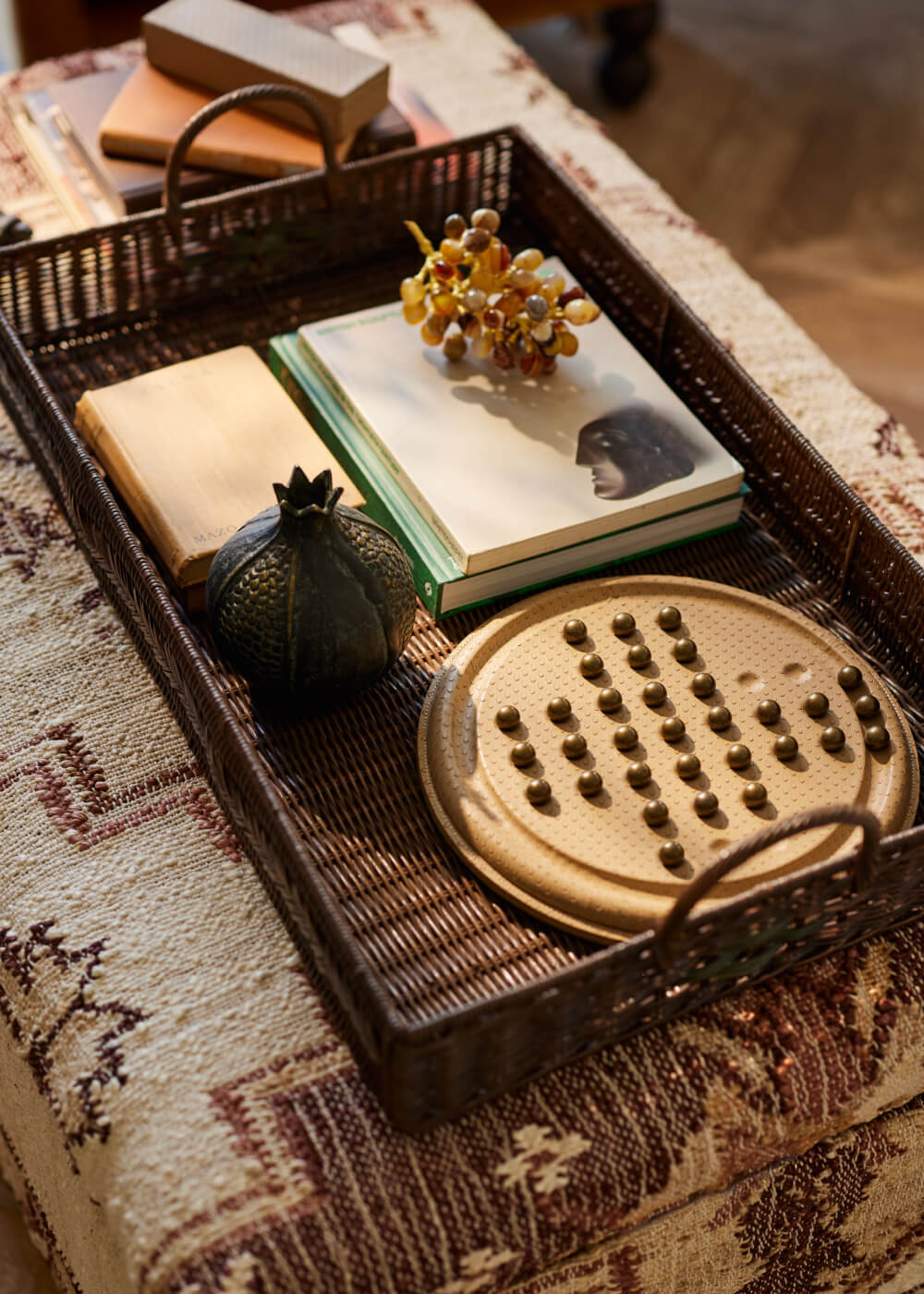If you pay close attention to interior design trends, you may have noticed loose covers flitting in and out of fashion over the years. Once a regular feature in English homes, they fell out of favour as smarter, fixed covers came into vogue. While the latter remains the prominent style in modern spaces, loose covers are experiencing a resurgence as people seek ways to be more sustainable and cost-effective with their interior design purchases. If you’re investing in a new sofa or updating an existing one, then we encourage you to include loose covers within your considerations. To help you make your decision, we’ve rounded up the pros and cons of buying loose covers, along with the steps to take to find the perfect fit for your home.
What are the Advantages of Loose Covers?
In the past, loose covers were predominately used for protecting furniture, and were often susceptible to slipping and creasing, which is why people turned to fixed designs as an alternative. Today, while the quality and design of loose covers have improved, the appeal remains the same: easy to remove, clean and update without investing in an entirely new piece of furniture, loose covers have many practical and economical benefits. In the eco-conscious modern day, these qualities feel more pertinent than ever, as people focus on timeless designs that can be adapted as fashions – or their personal styles – change. Here are just a few of the advantages of loose covers:
They can be easily removed and washed, making them perfect for households with young children or pets.
- Replacing a loose cover is much more economical (and environmental) than purchasing an entirely new sofa, and can be easily replaced in the event of damage.
- Likewise, if the upholstery on your sofa’s fixed cover has been damaged, loose covers are a great way to hide wear and tear without having to invest in an entirely new piece of furniture.
- If you’re short on storage, a loose cover with a valance is a clever way of concealing clutter that can be secretly tucked beneath the sofa.
- Should a change in season inspire you to update your home, a loose cover in a different material will make your room feel instantly refreshed.
